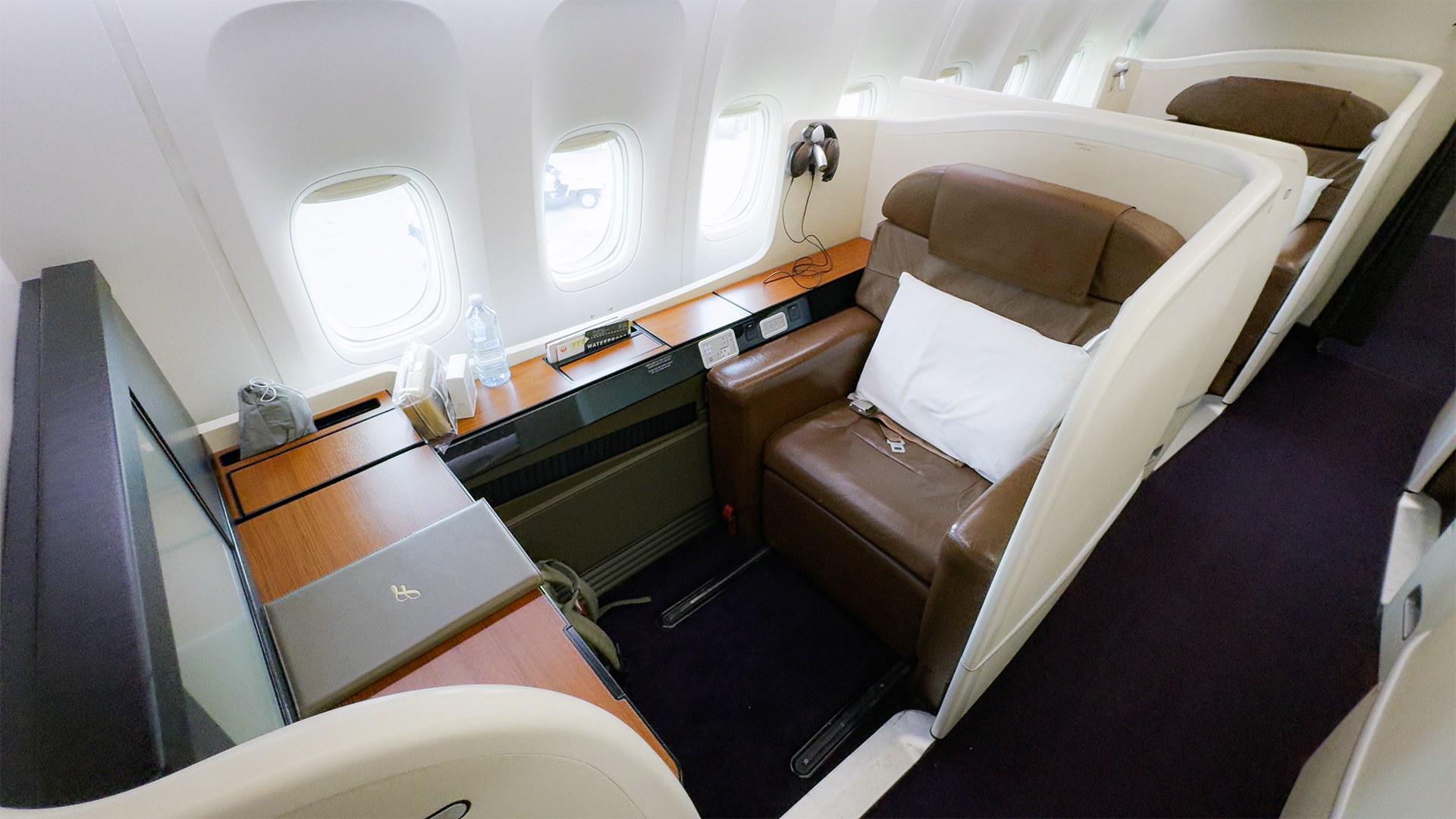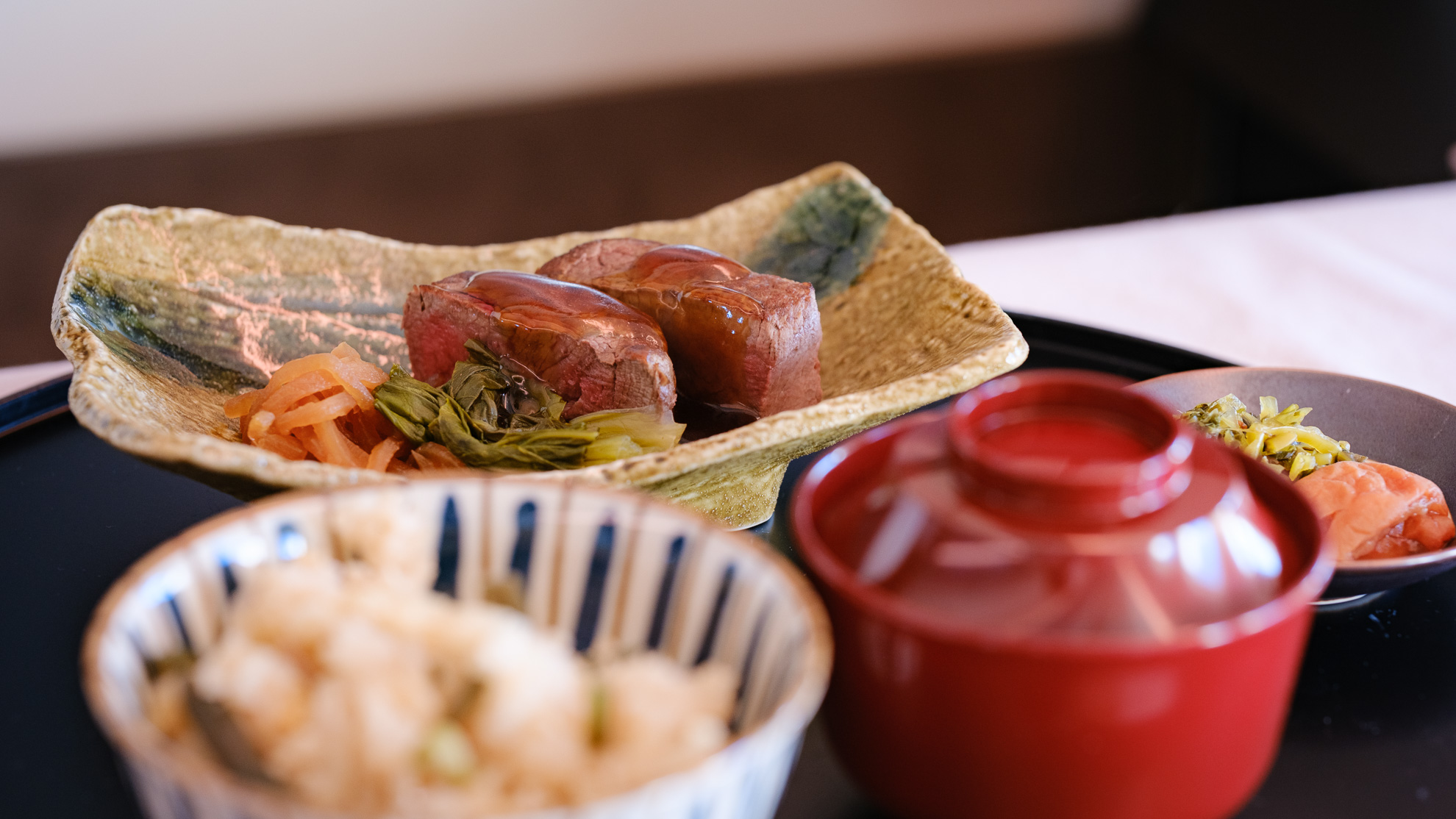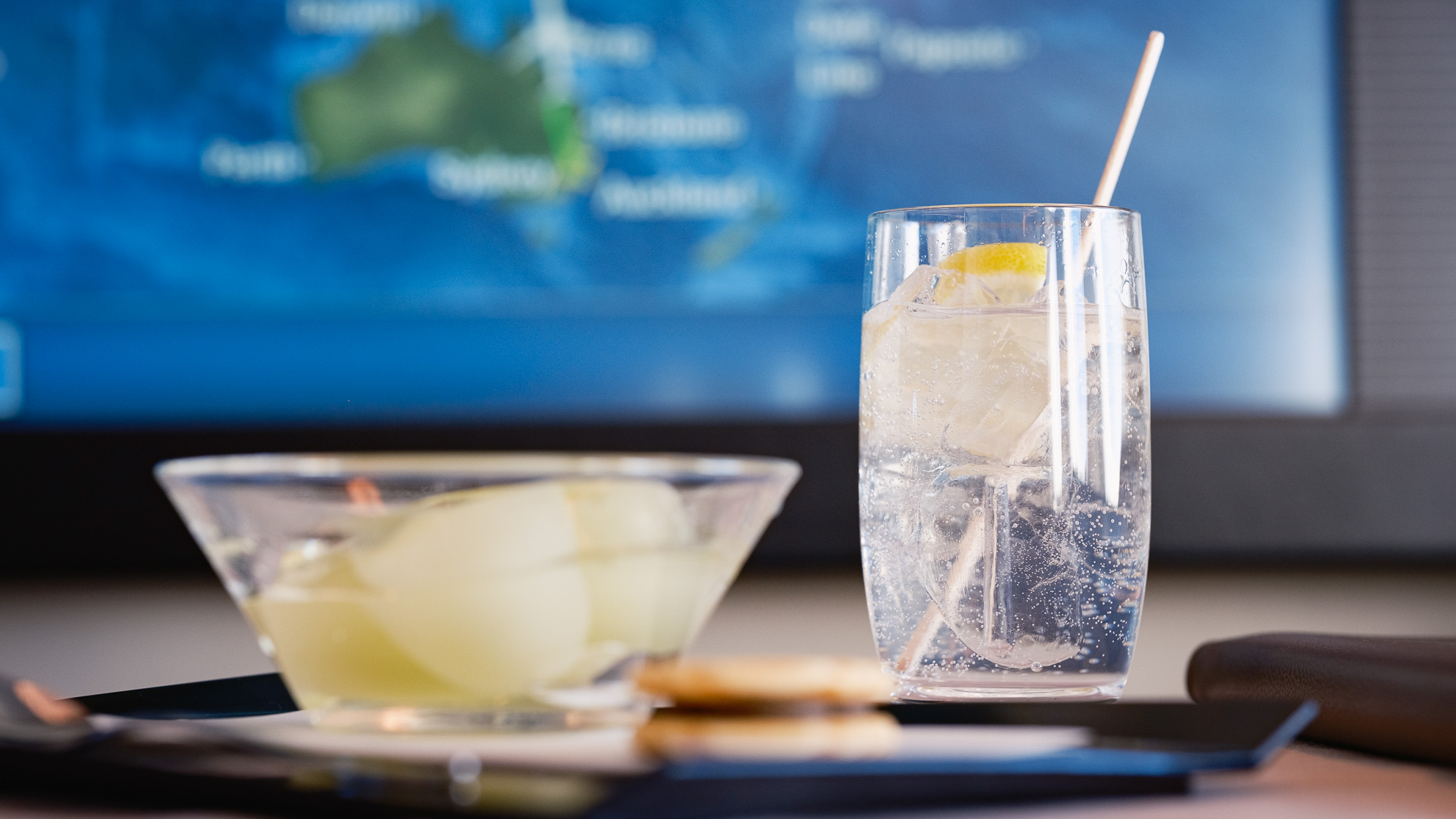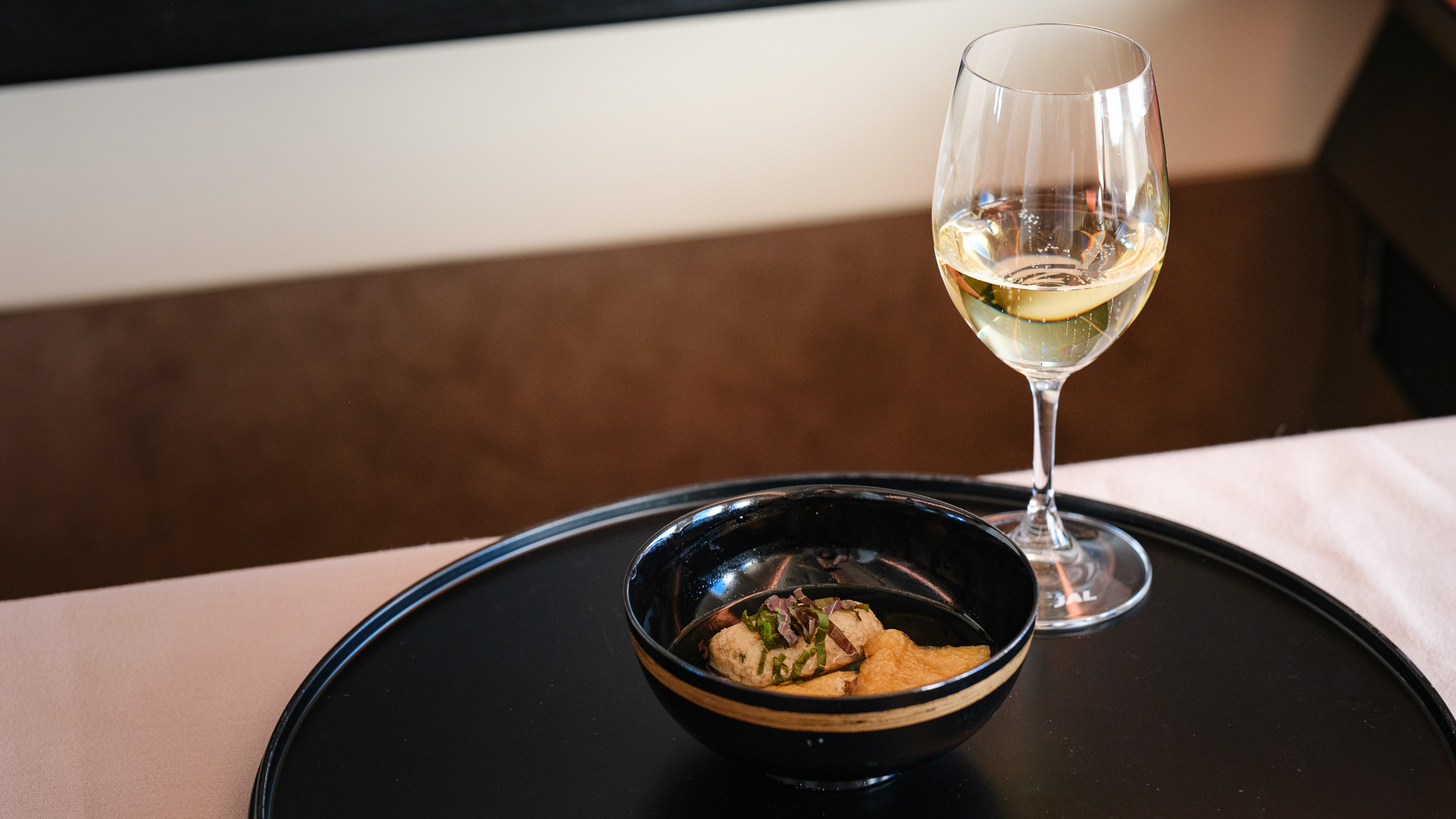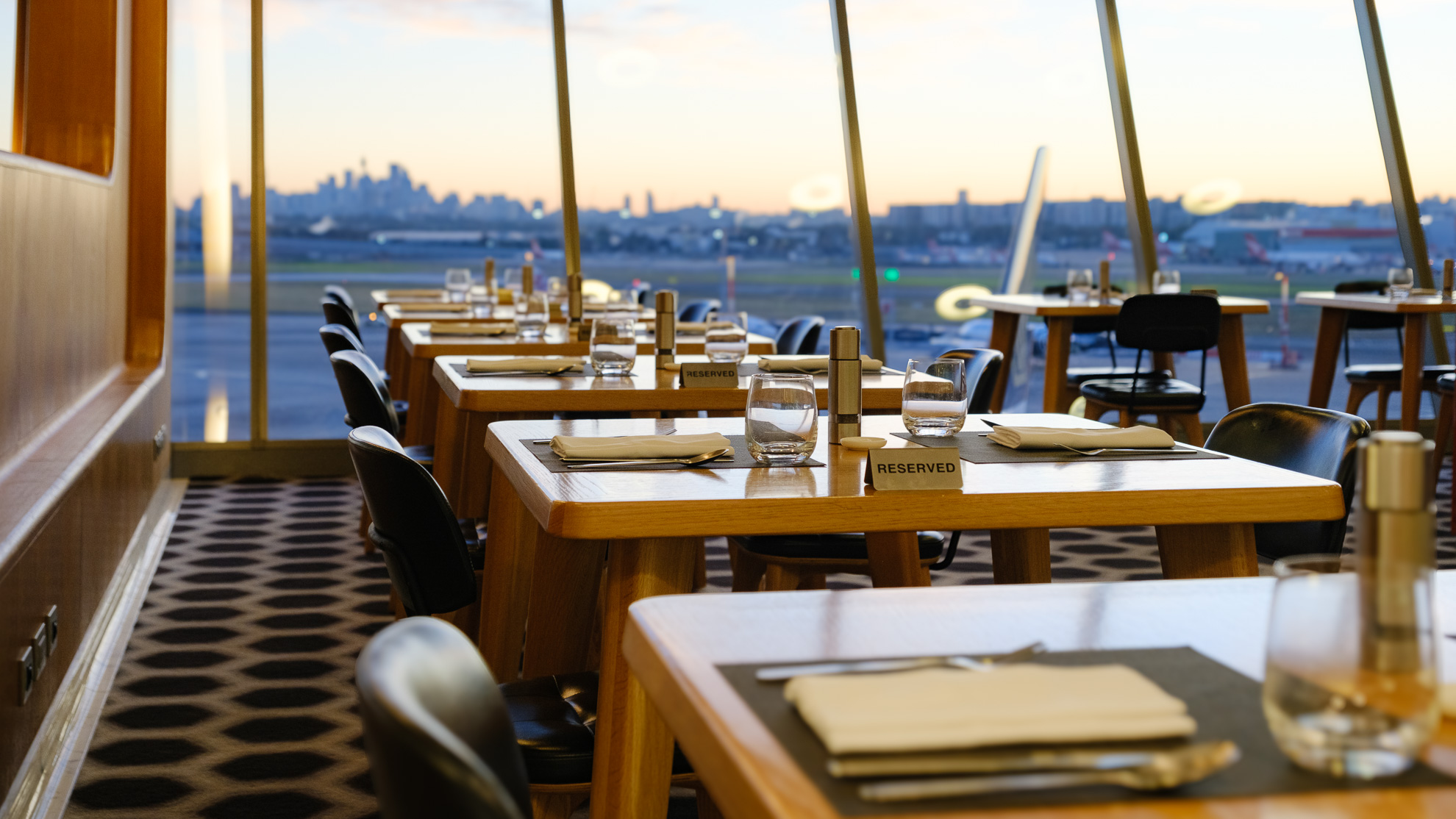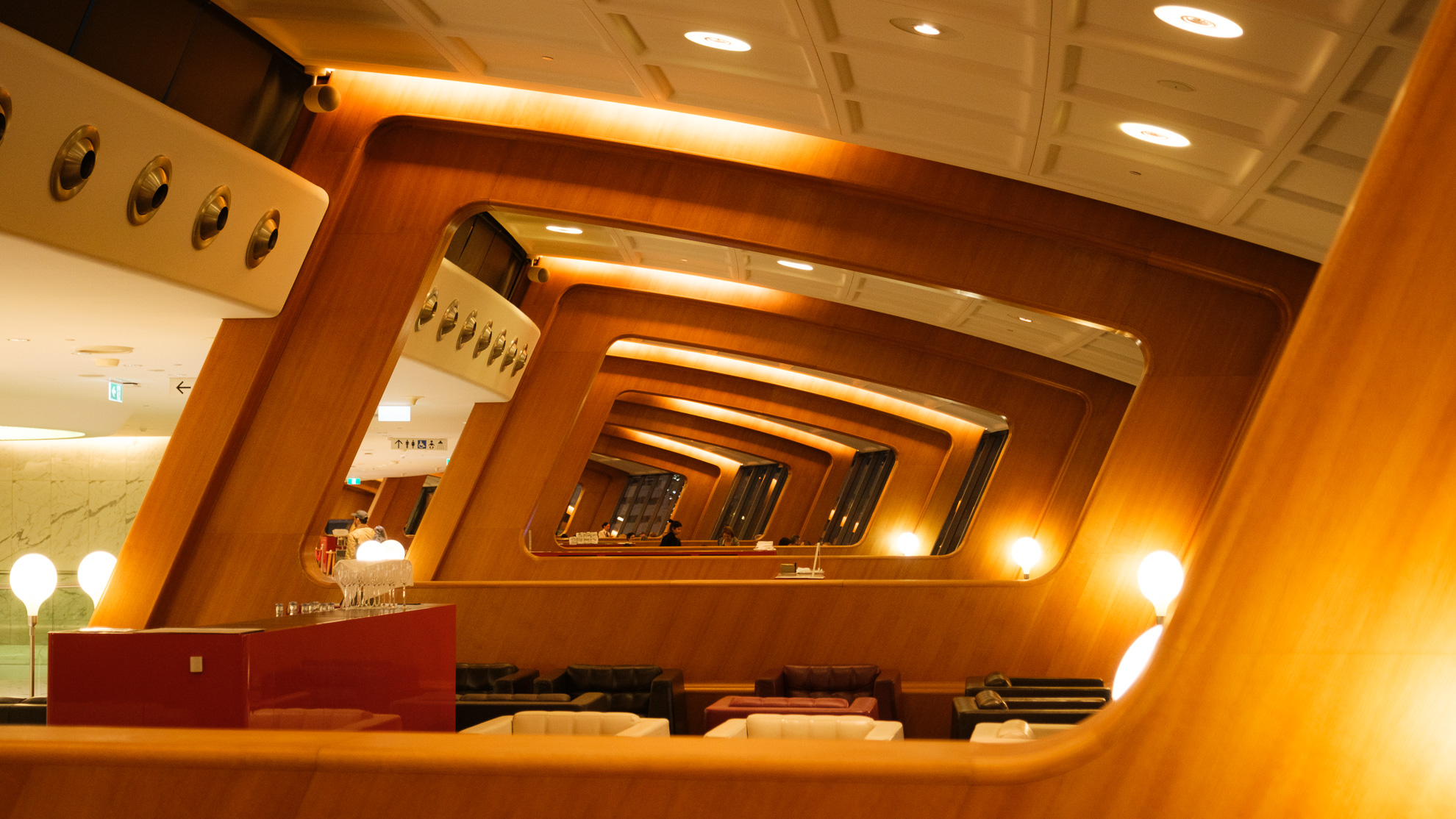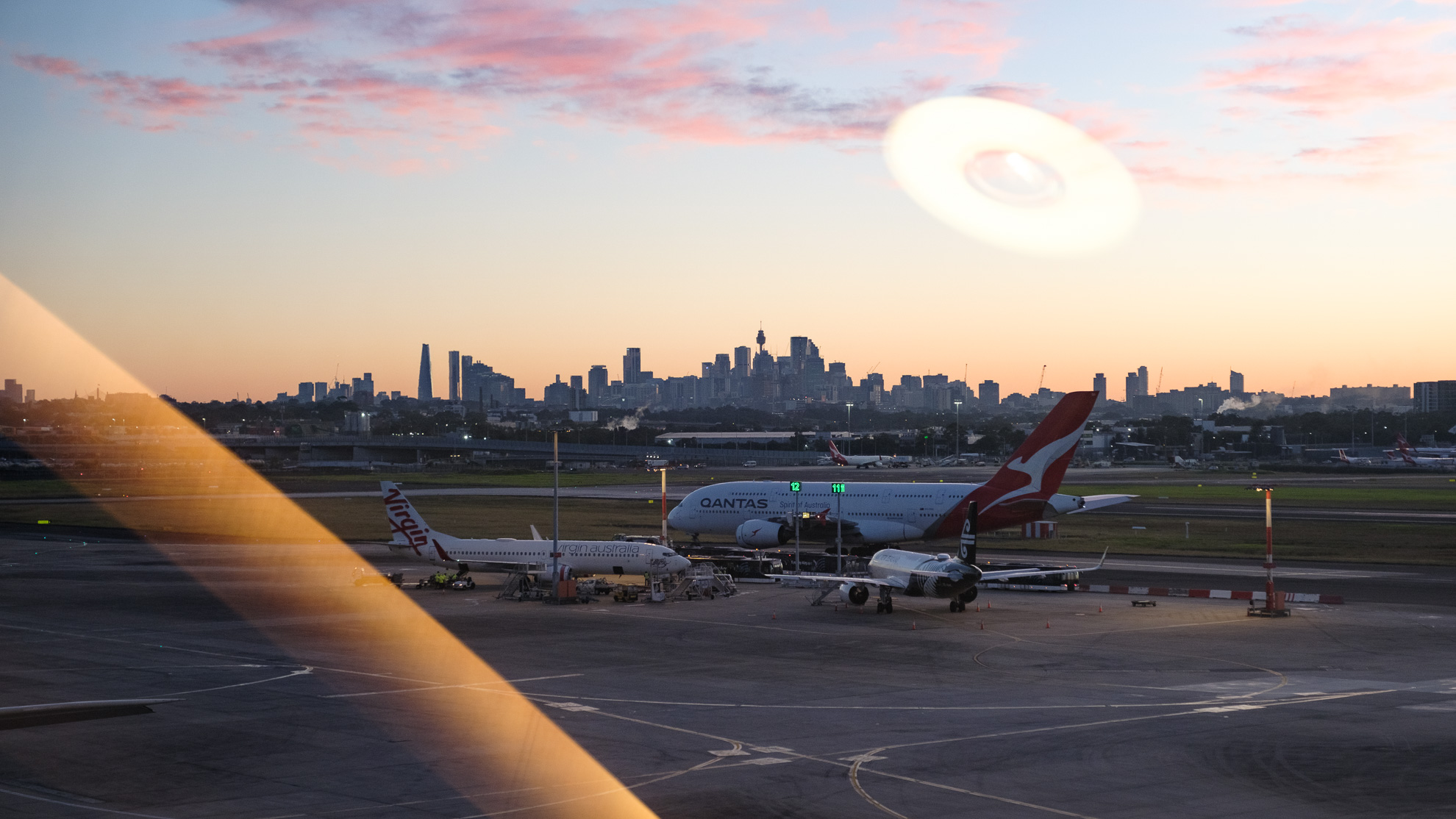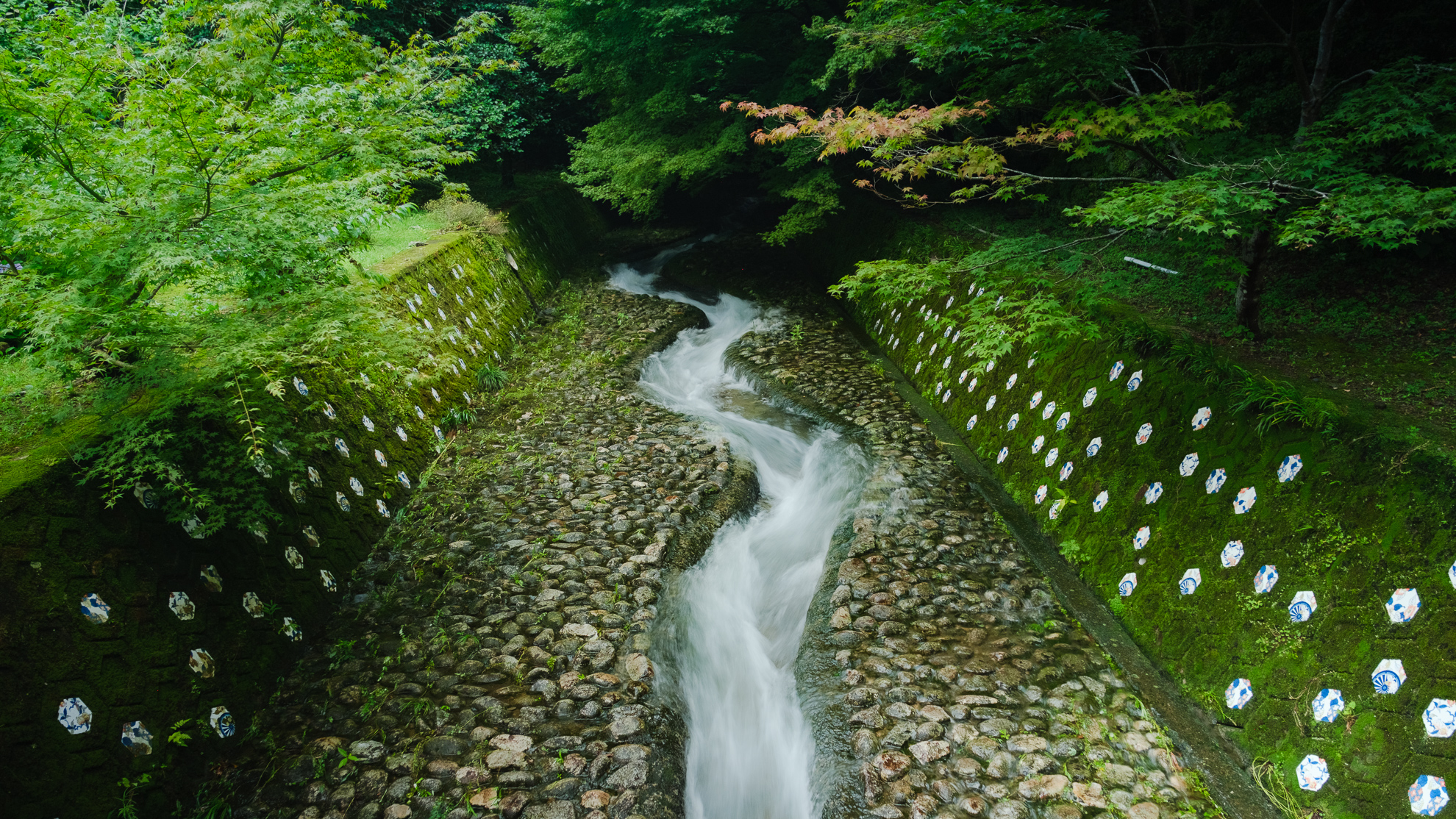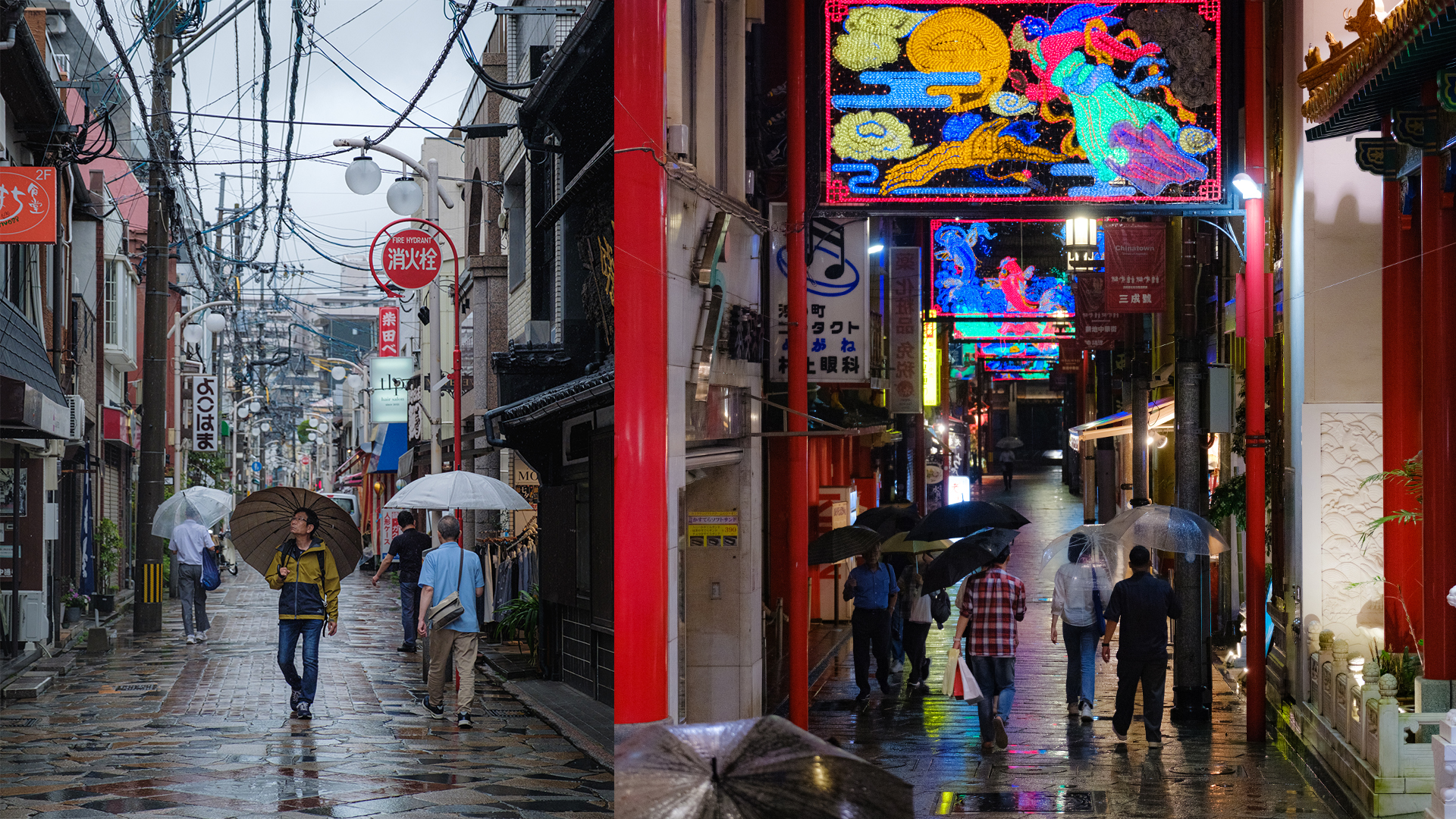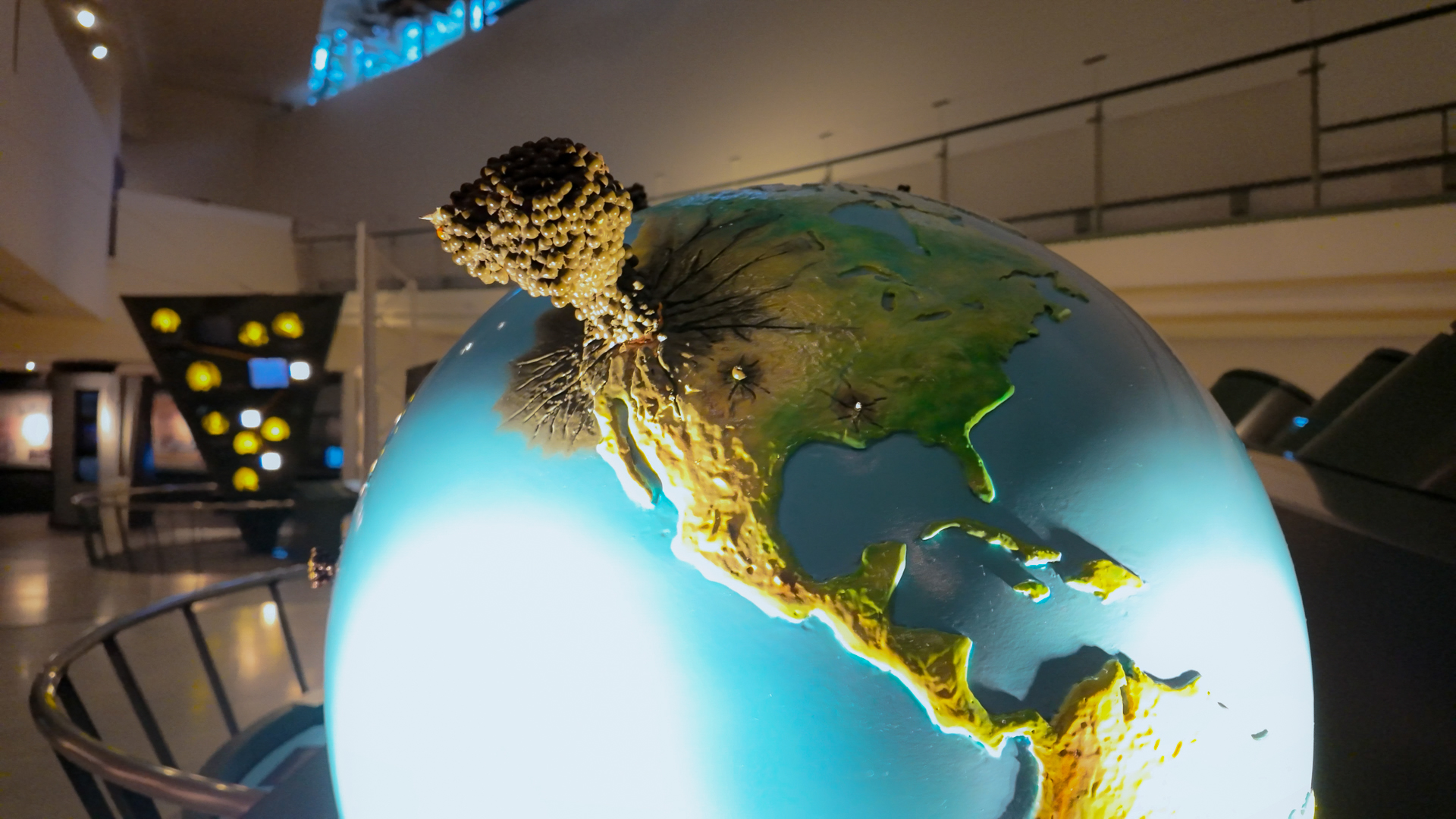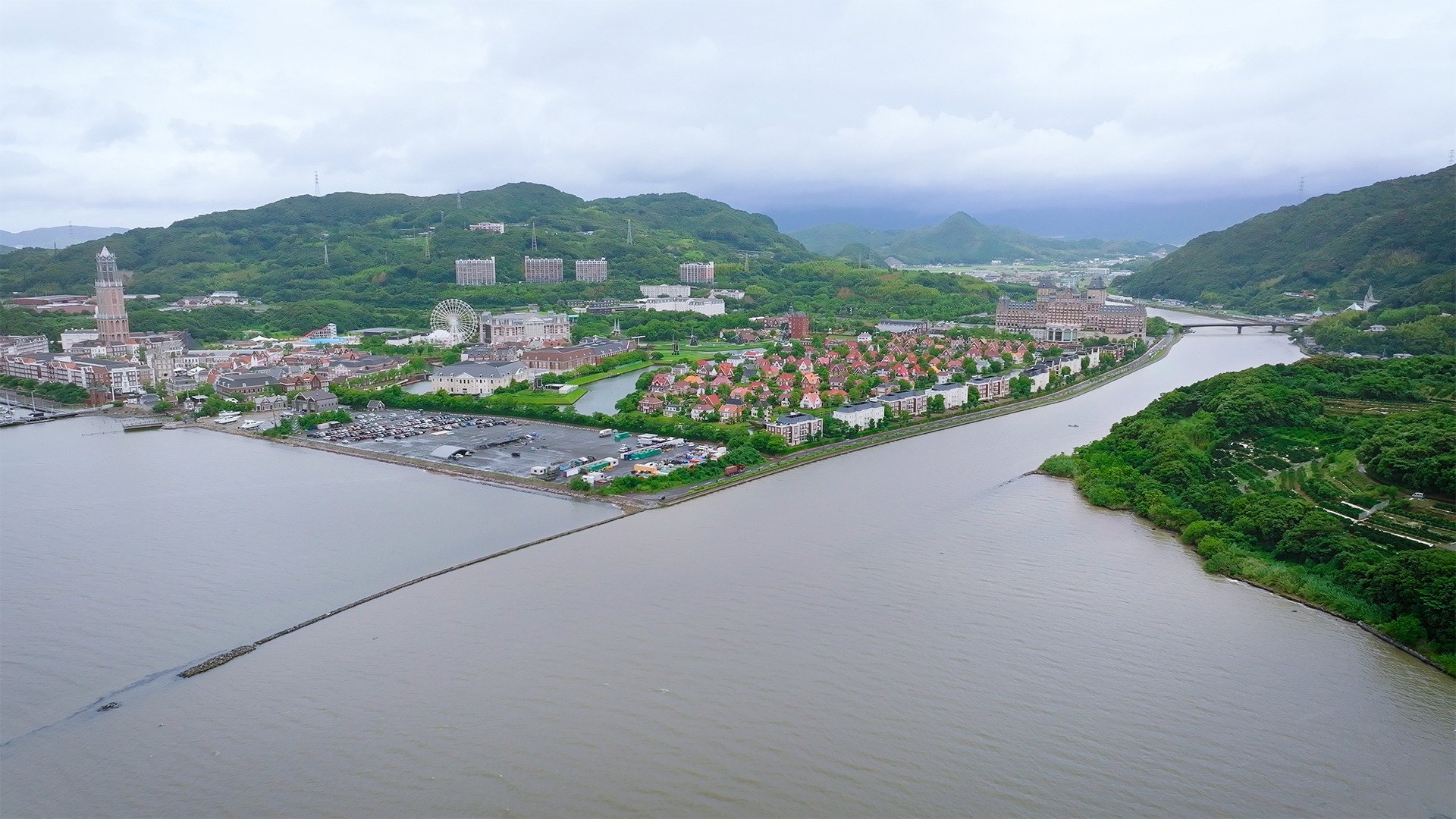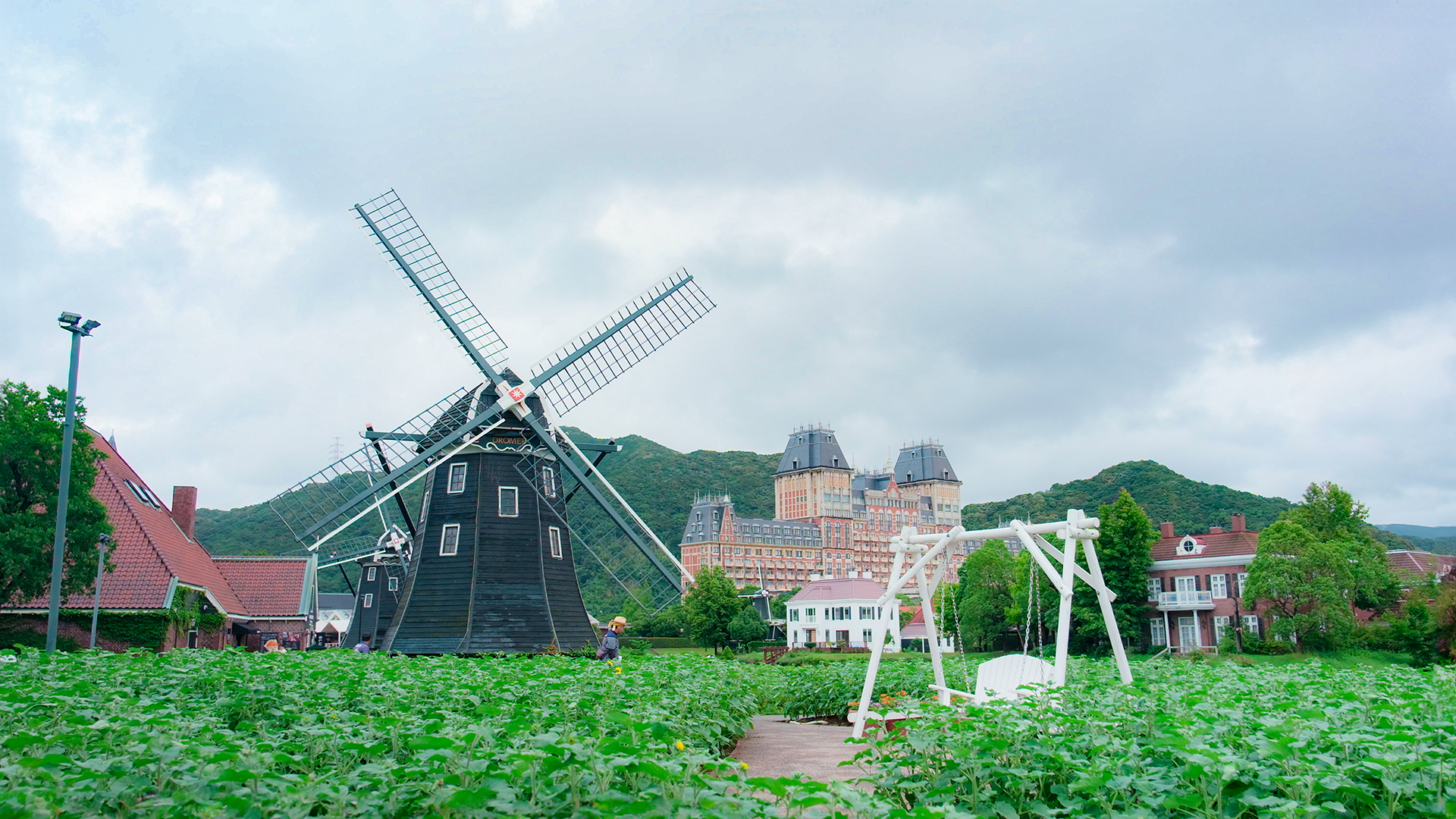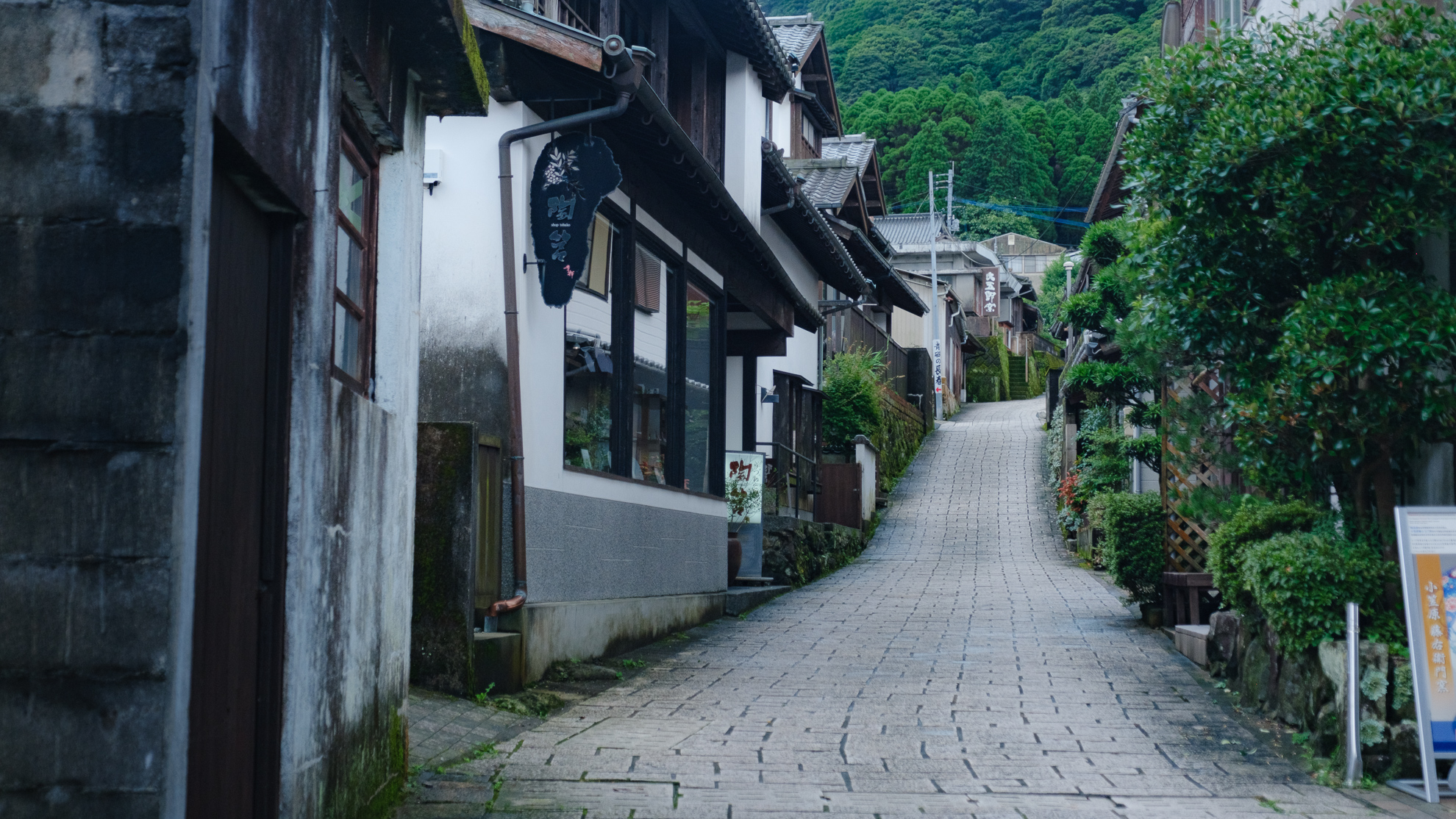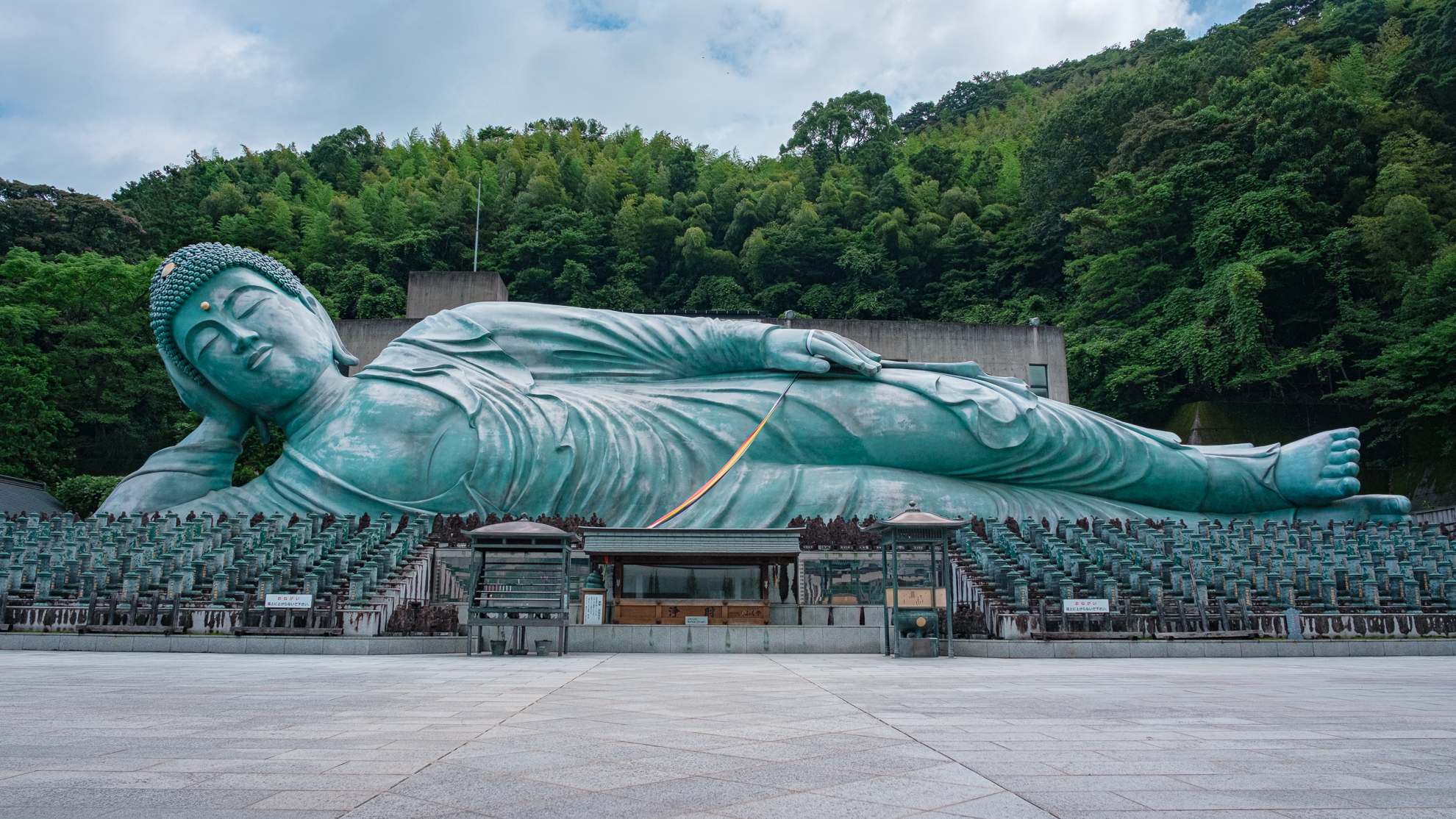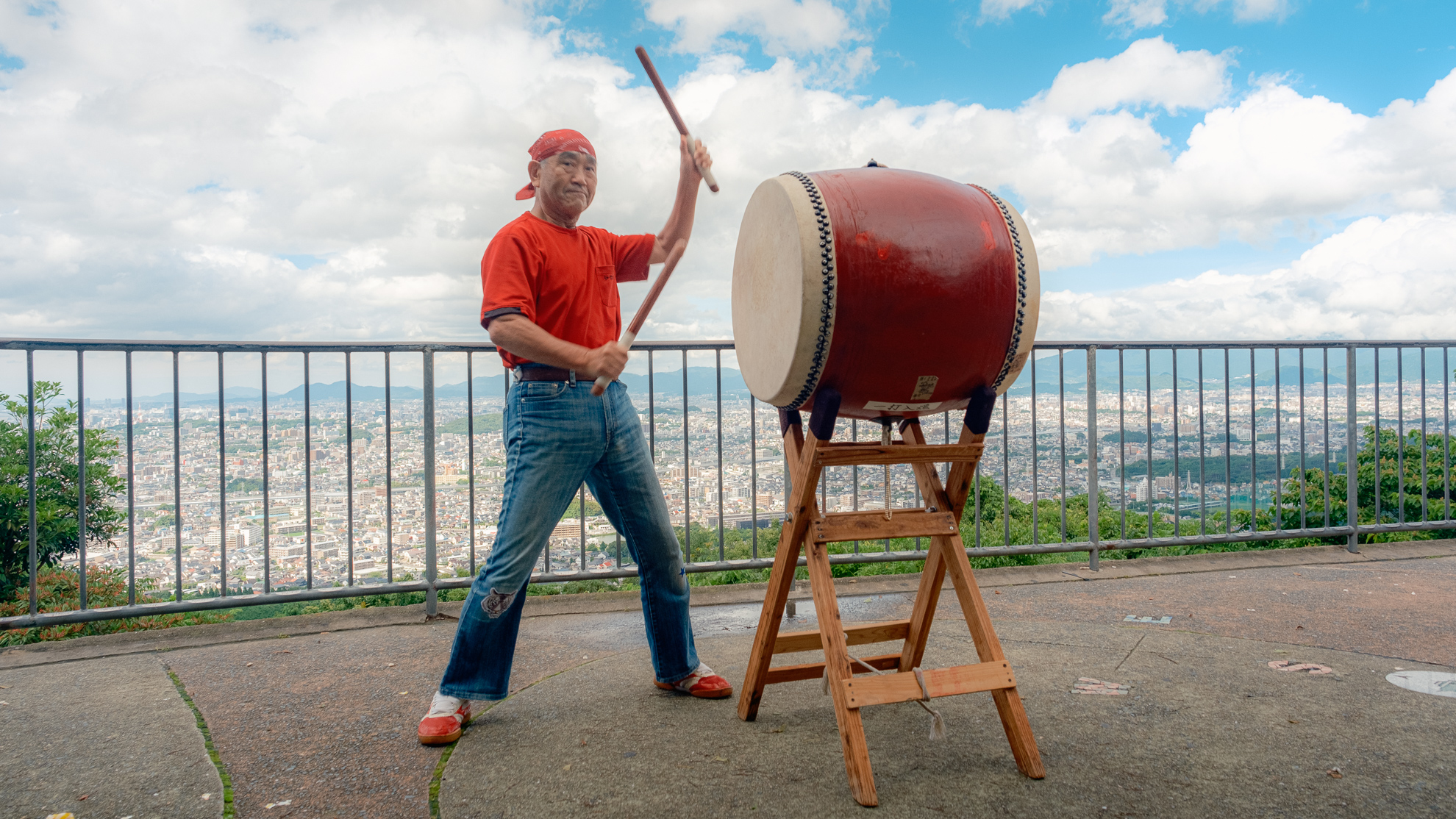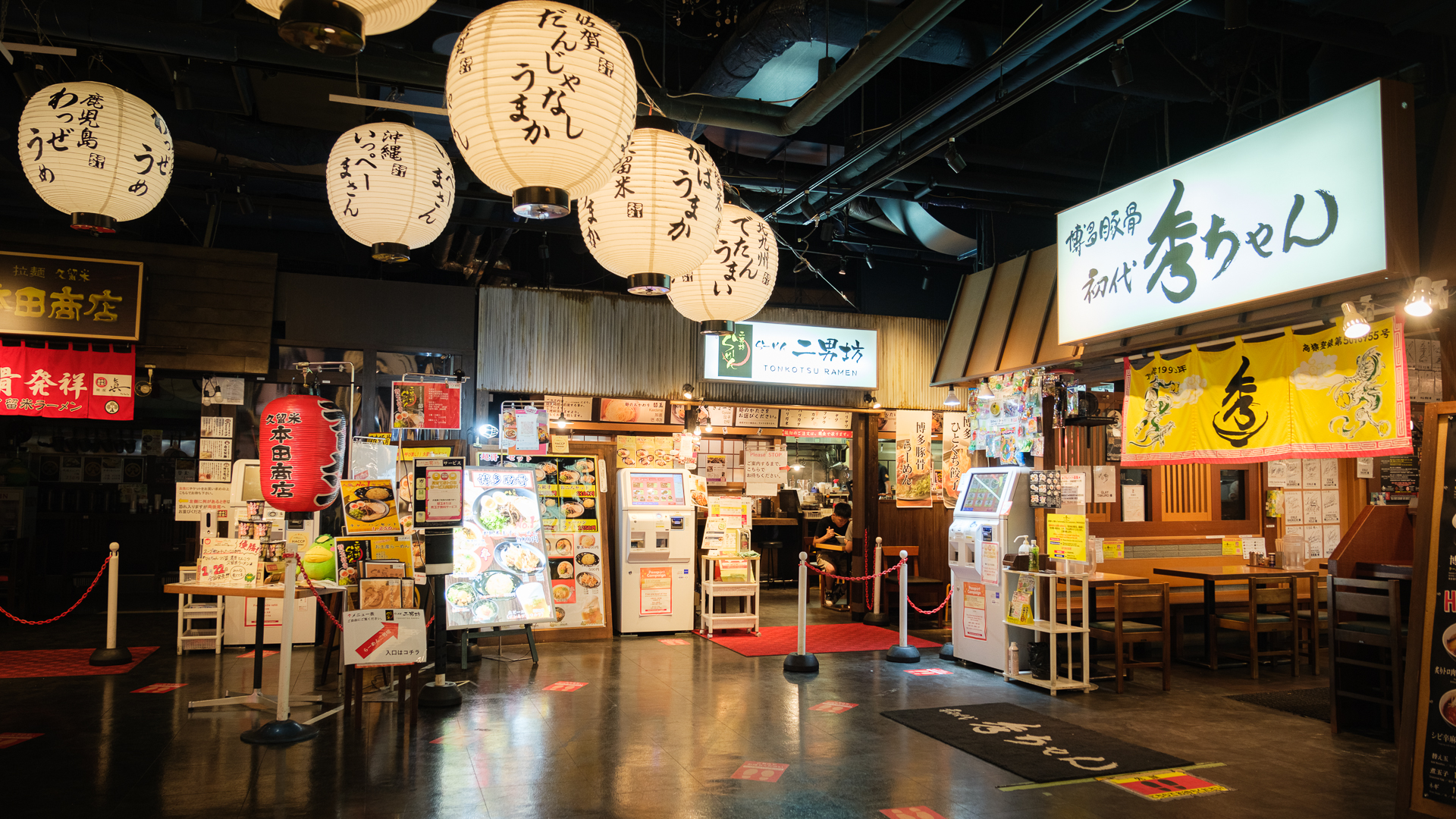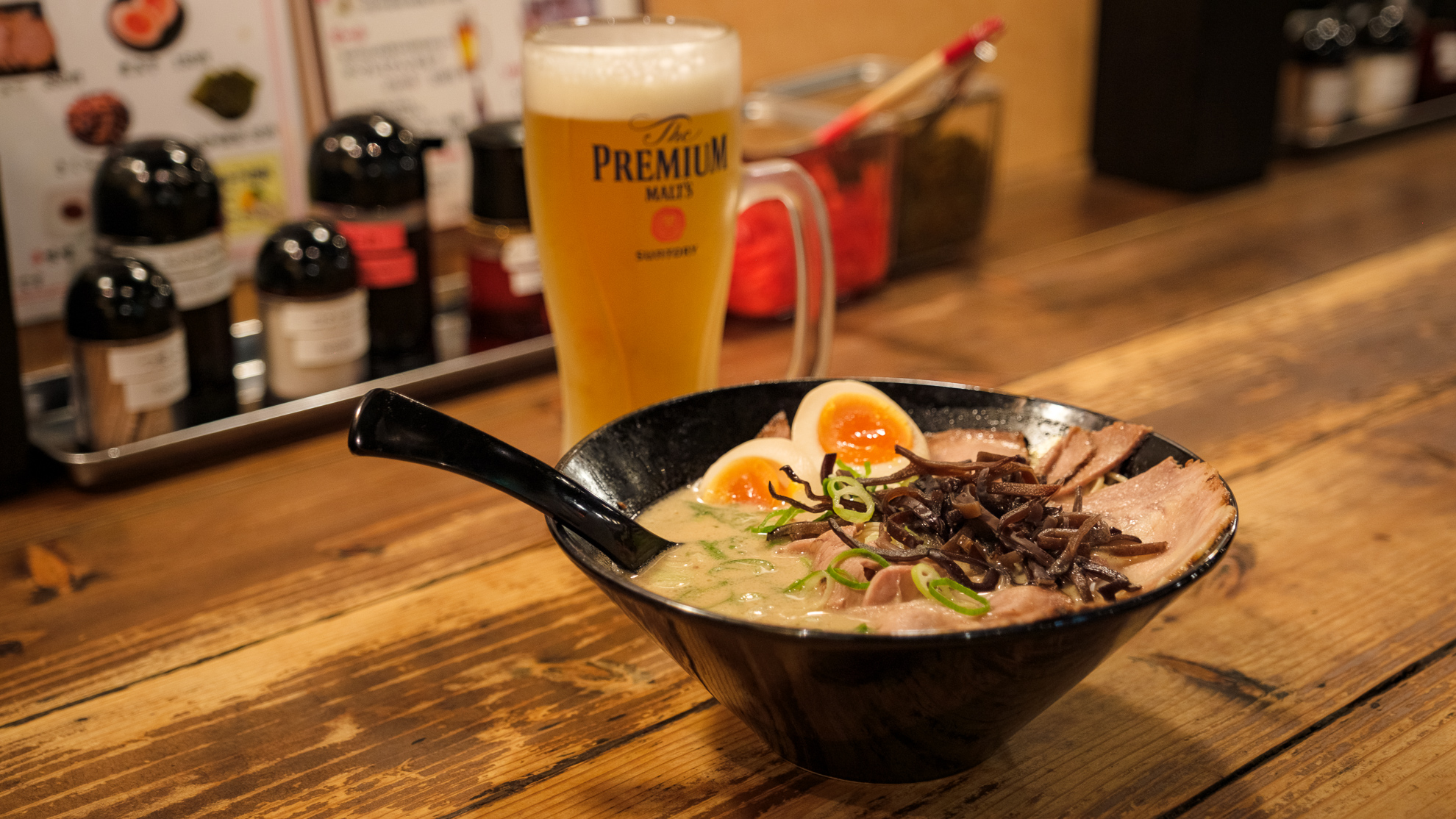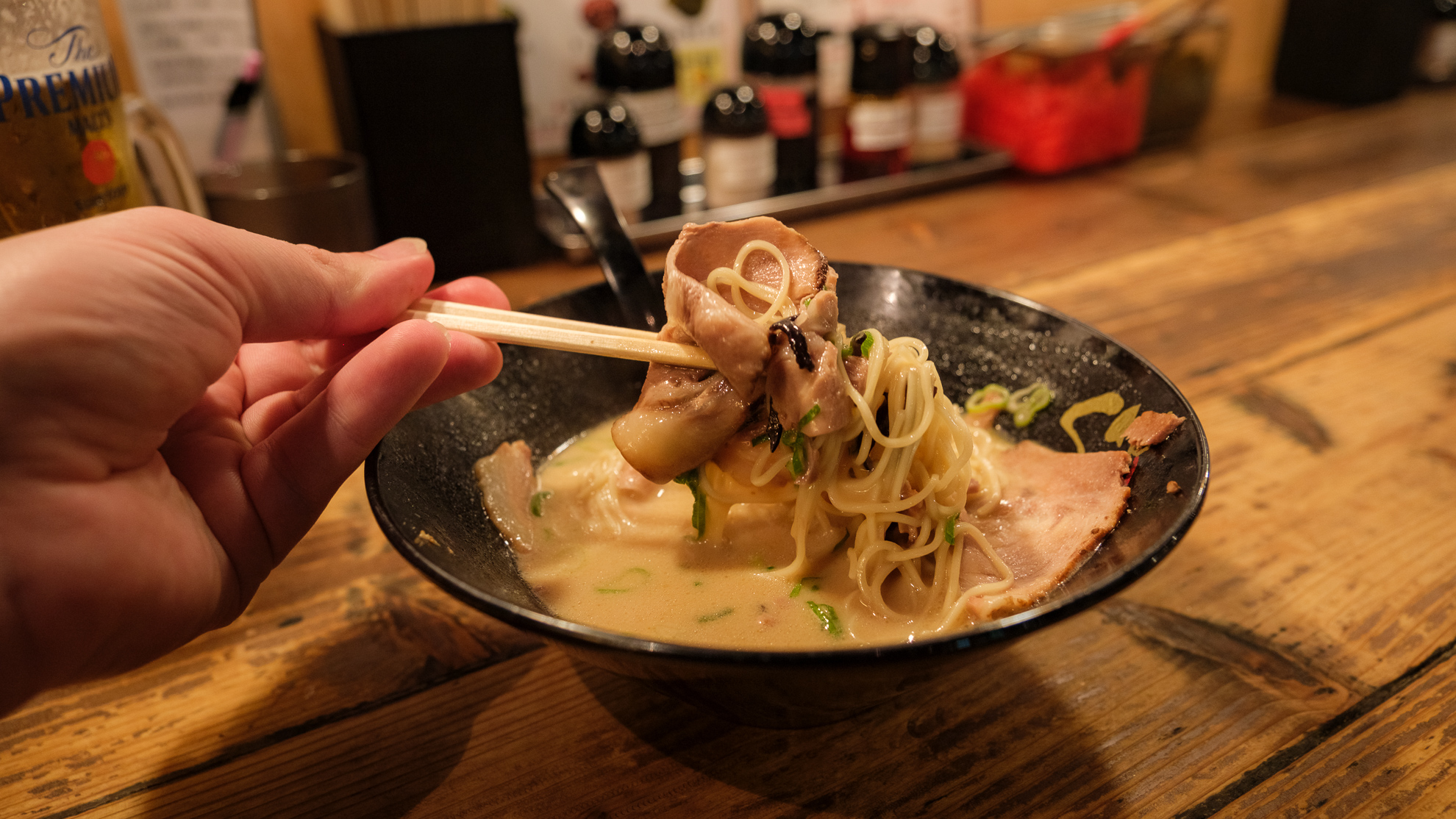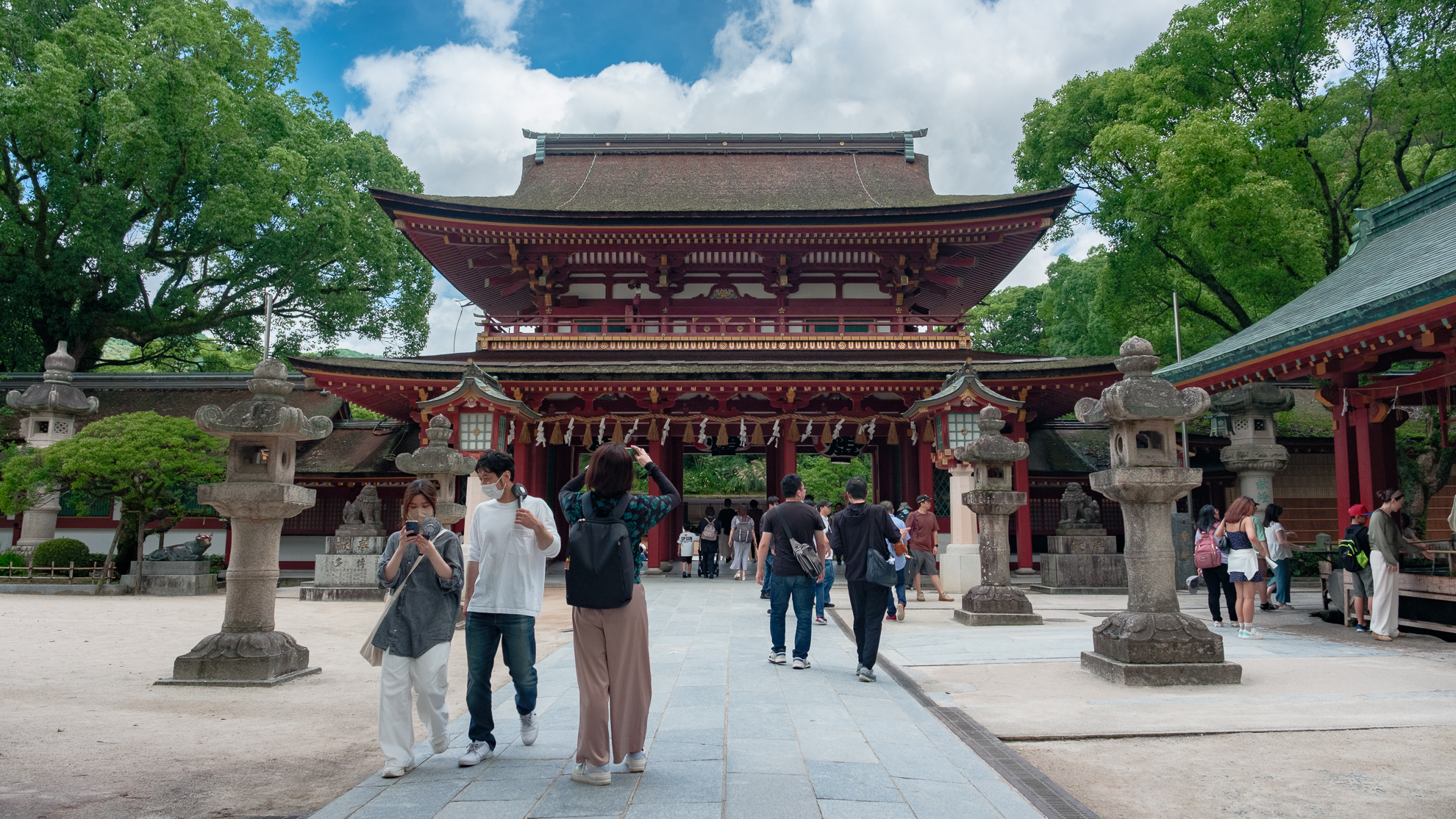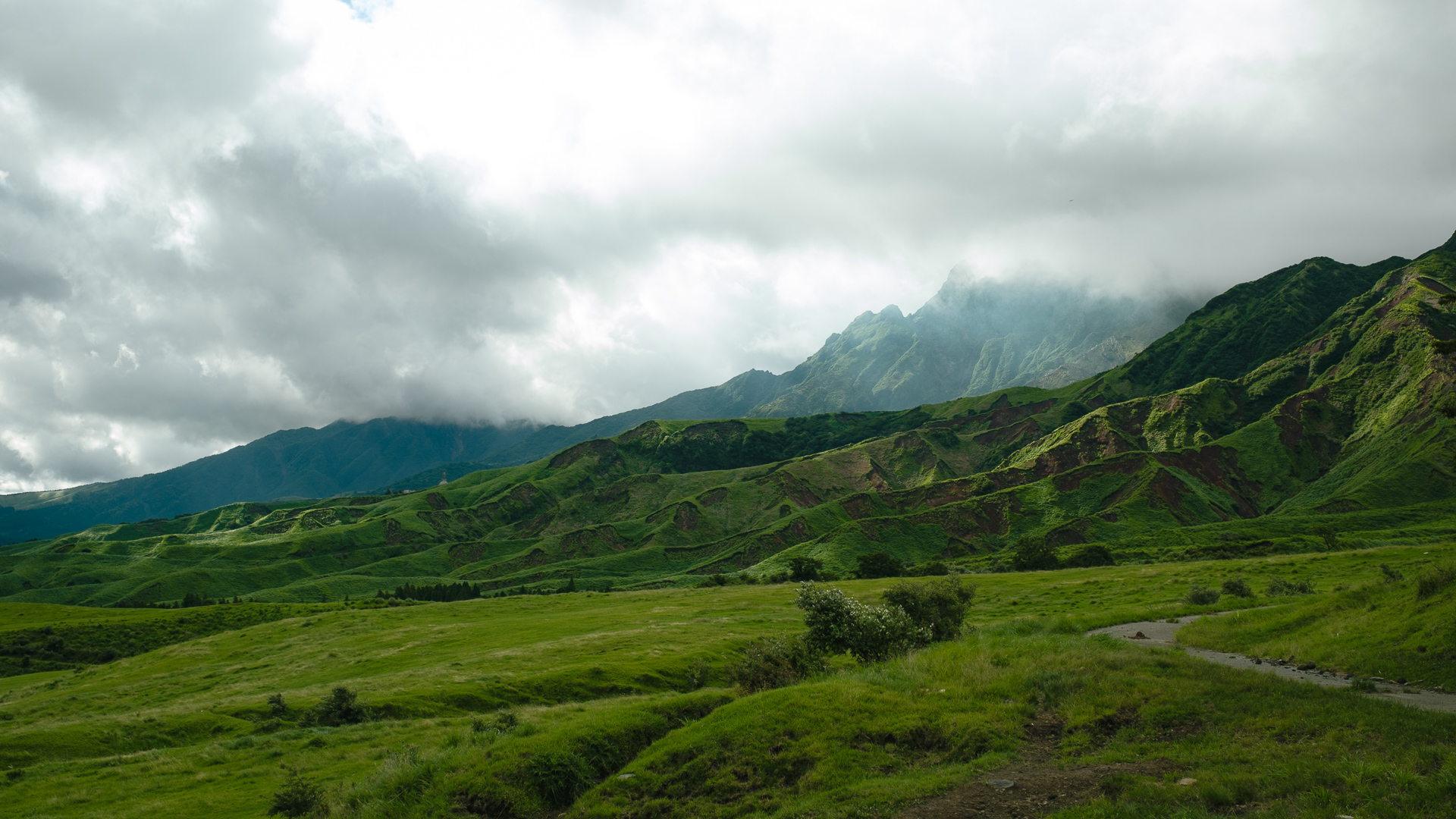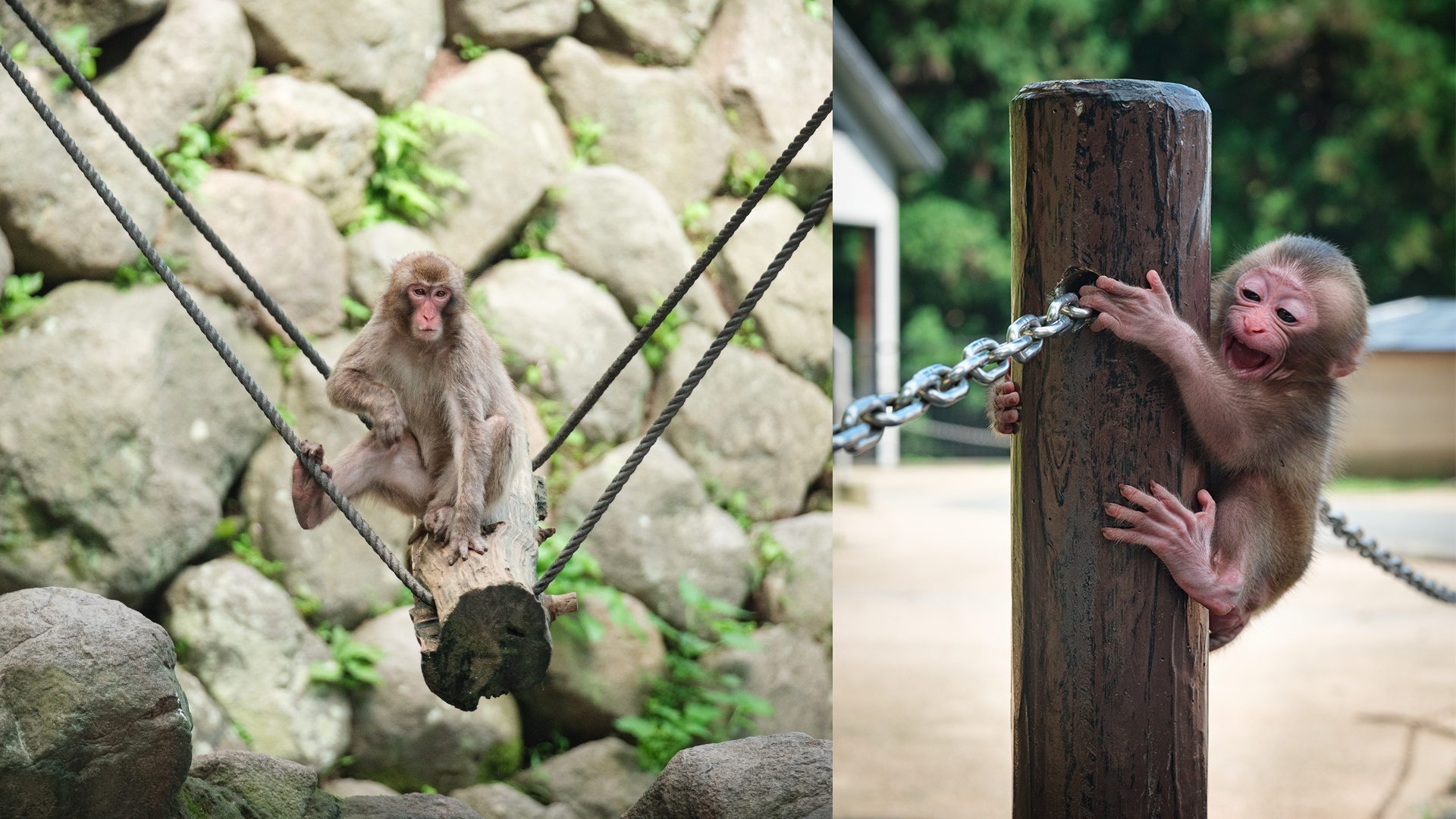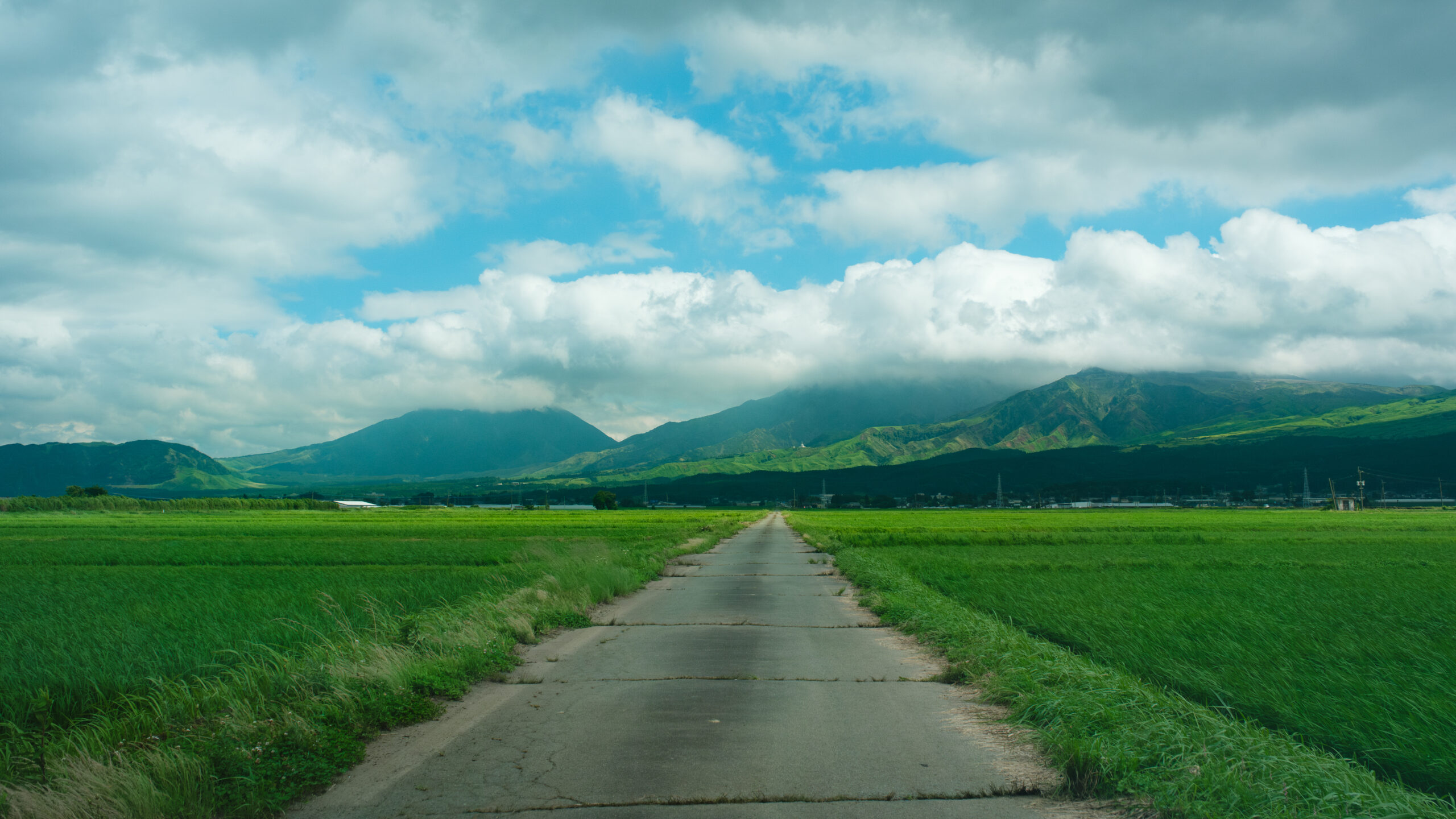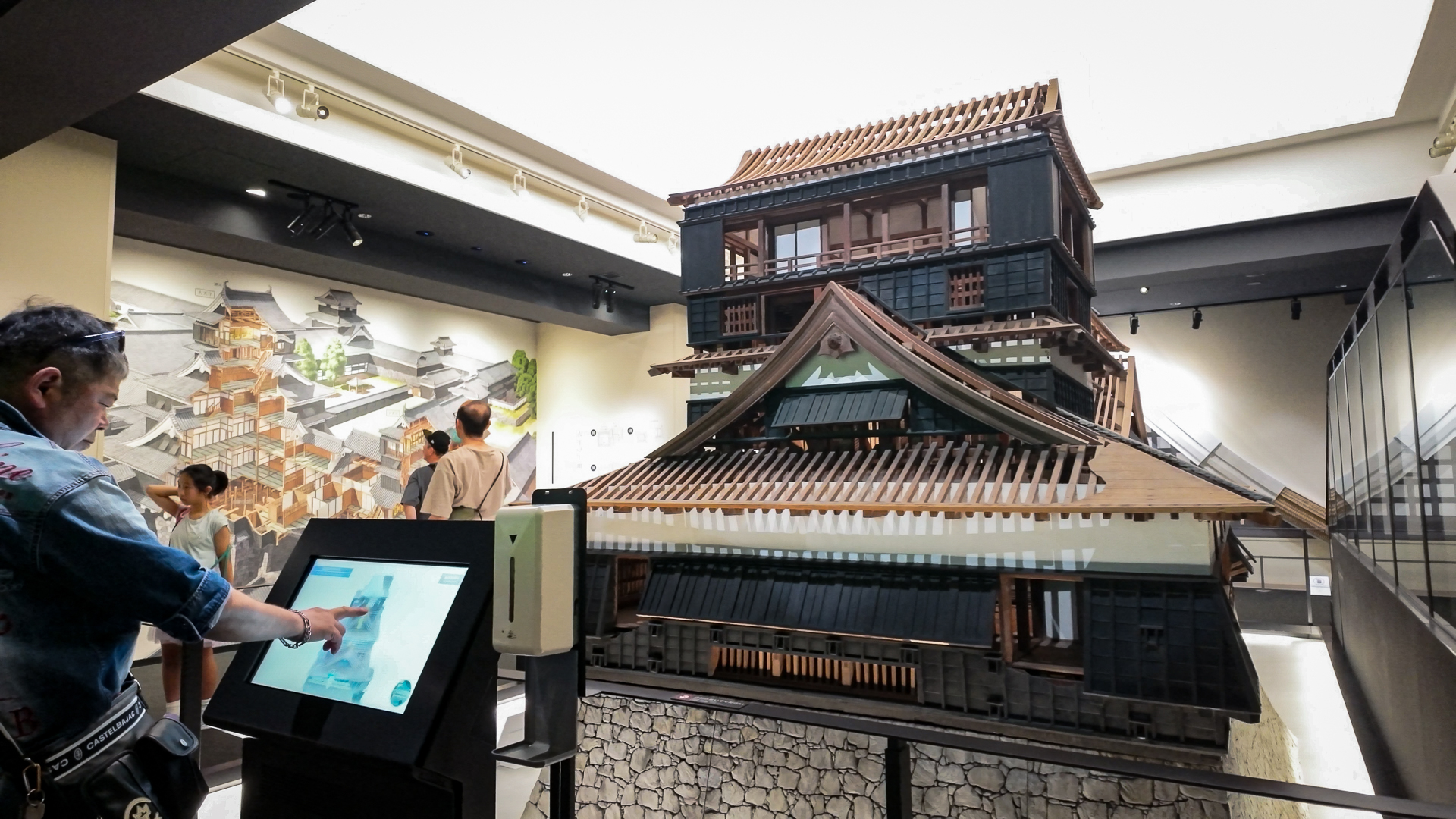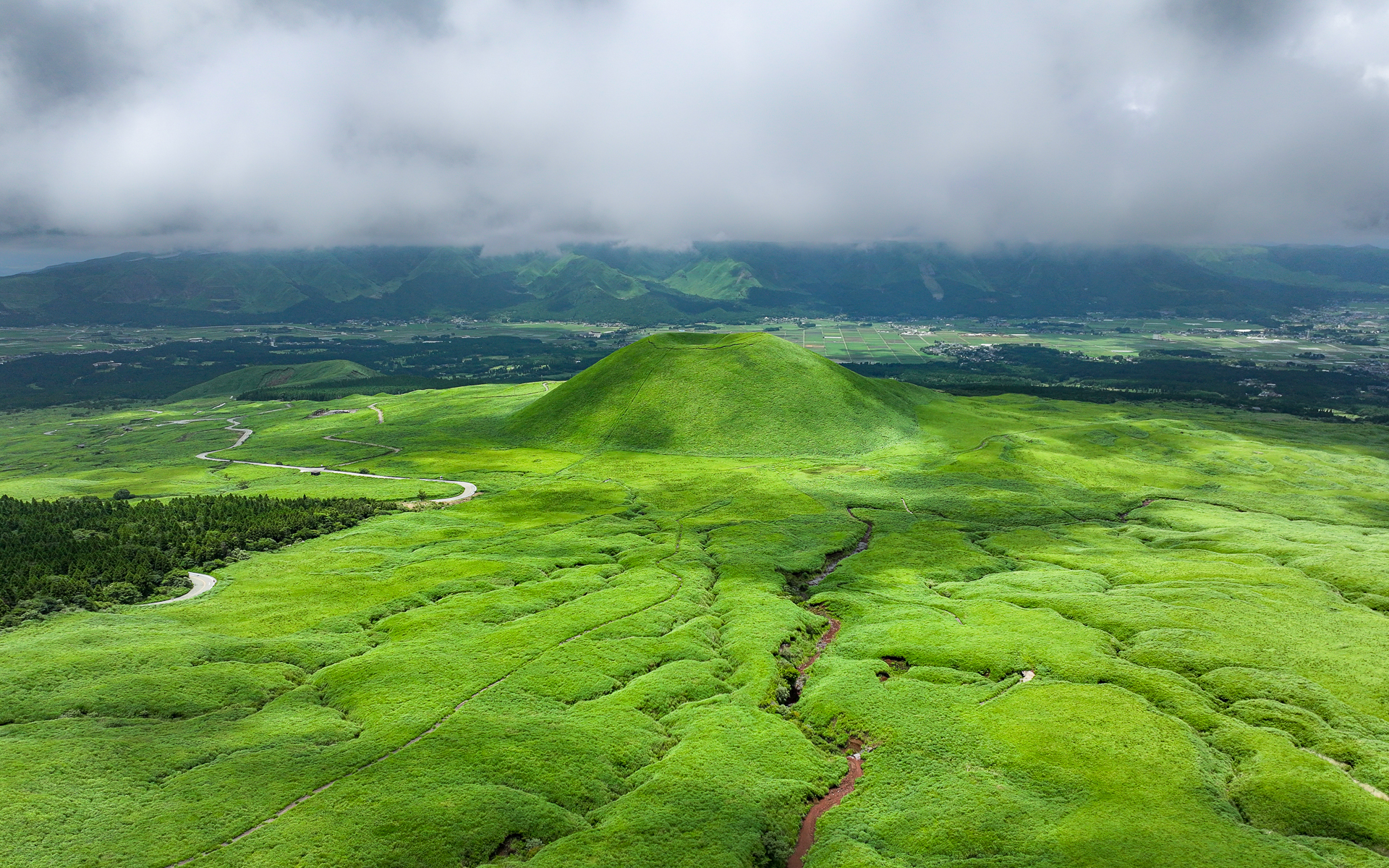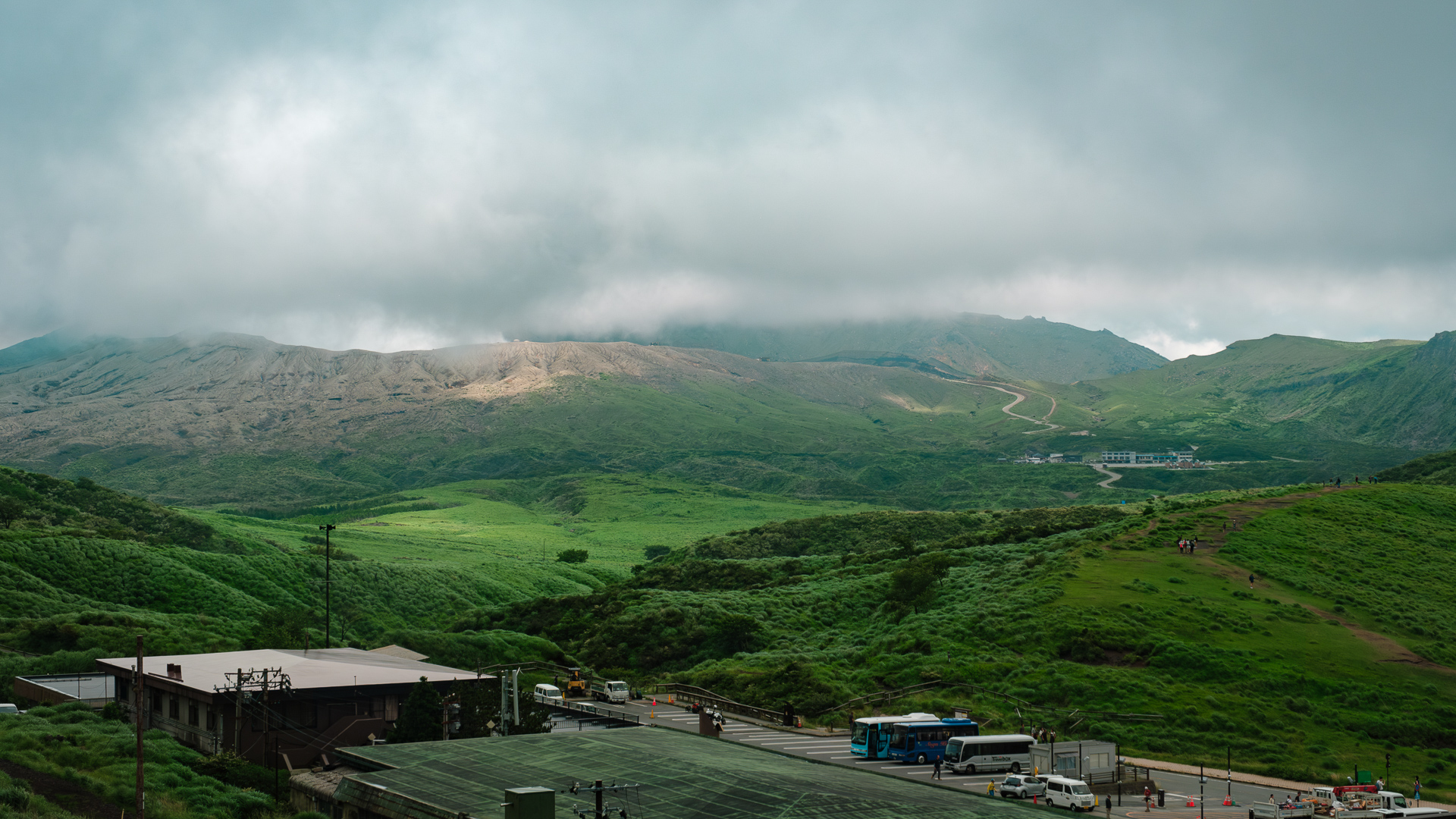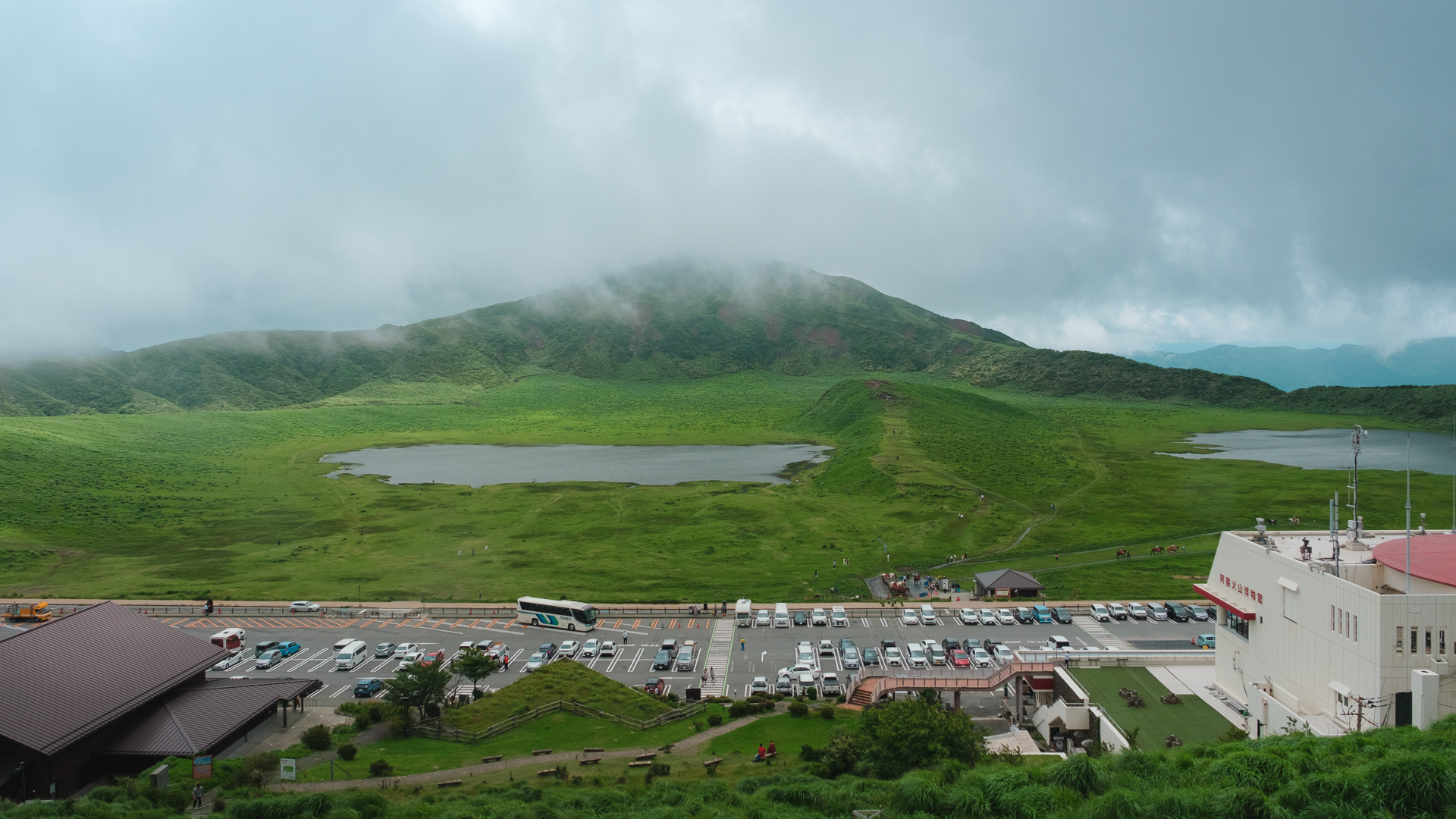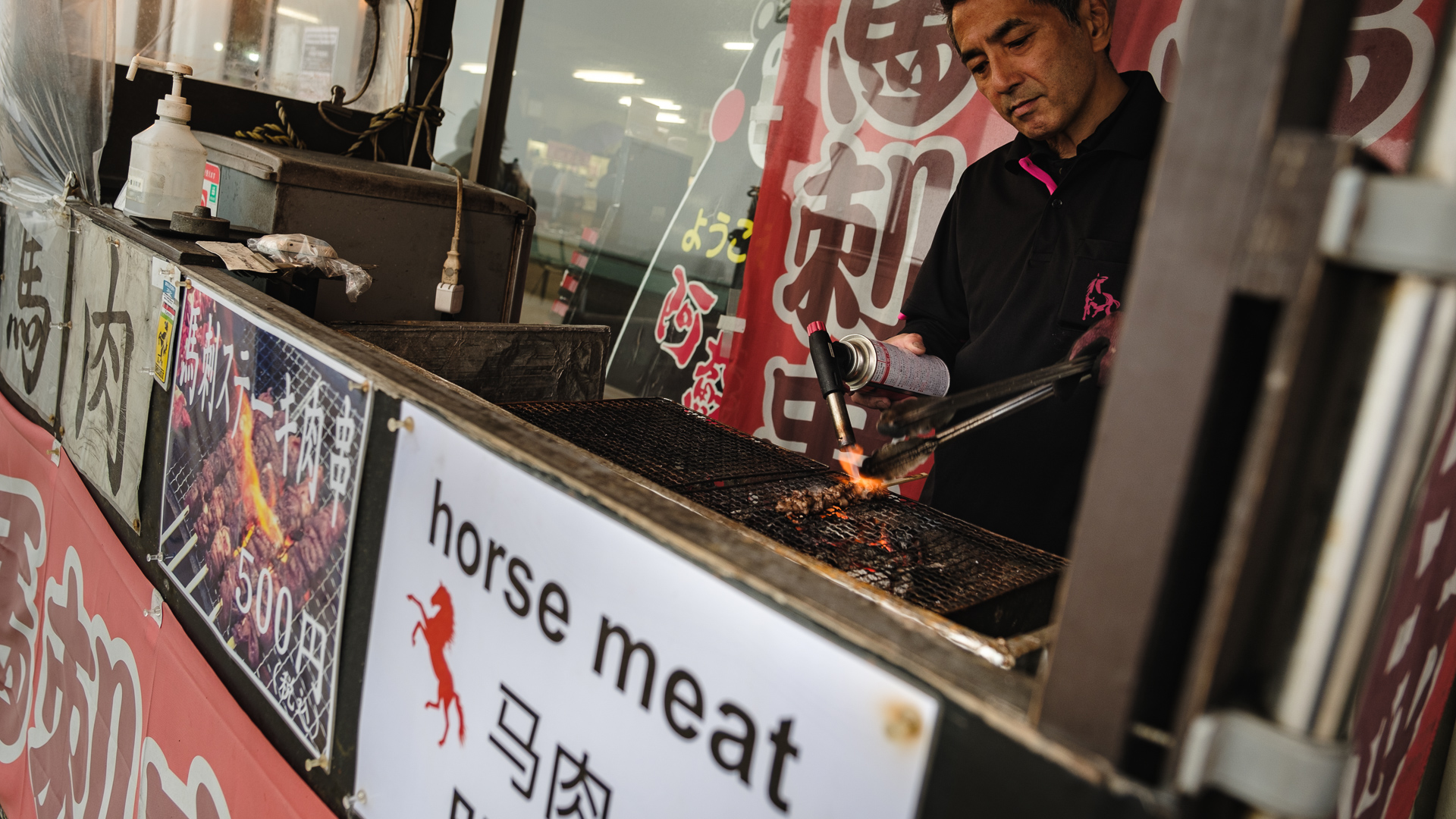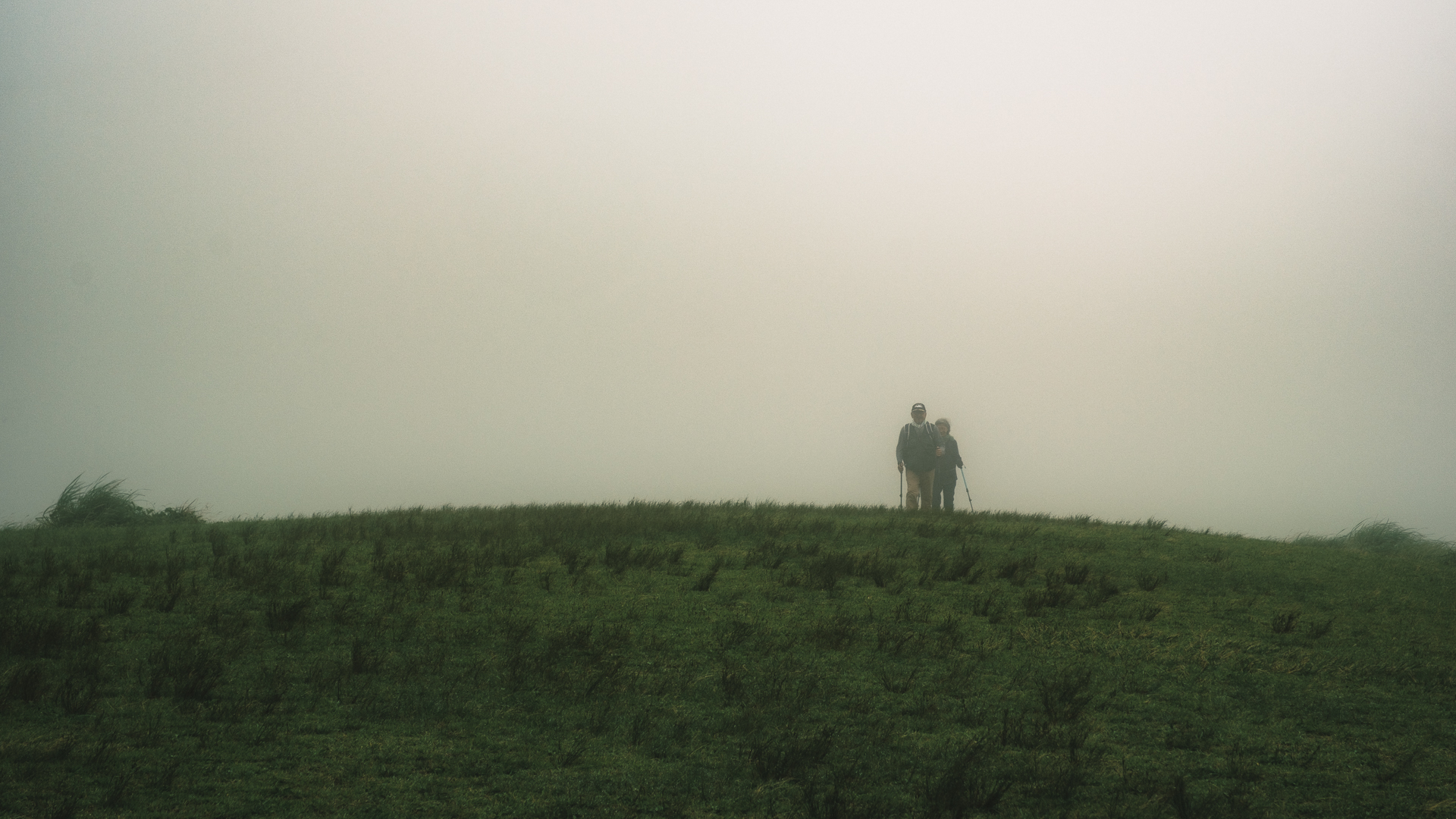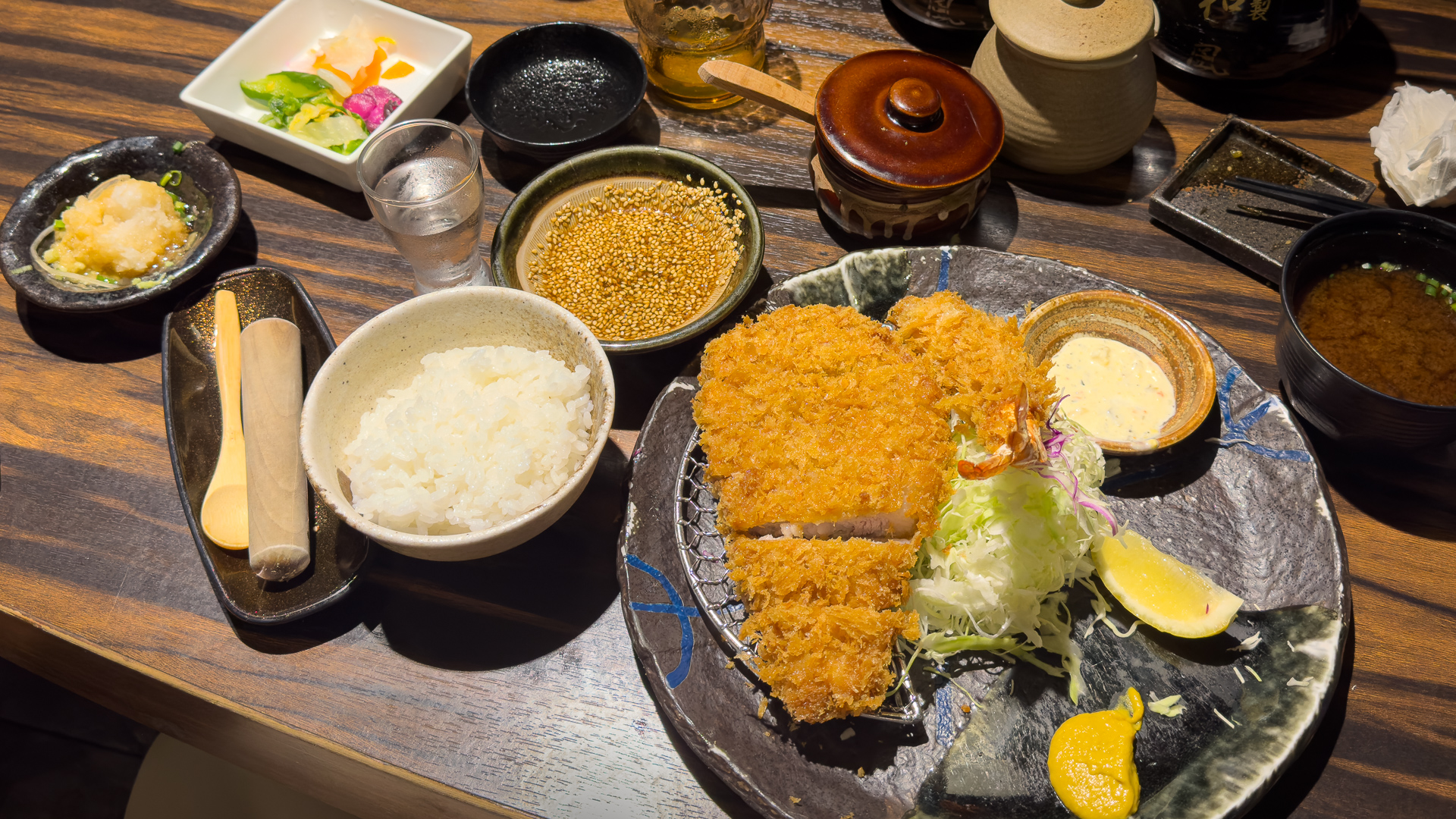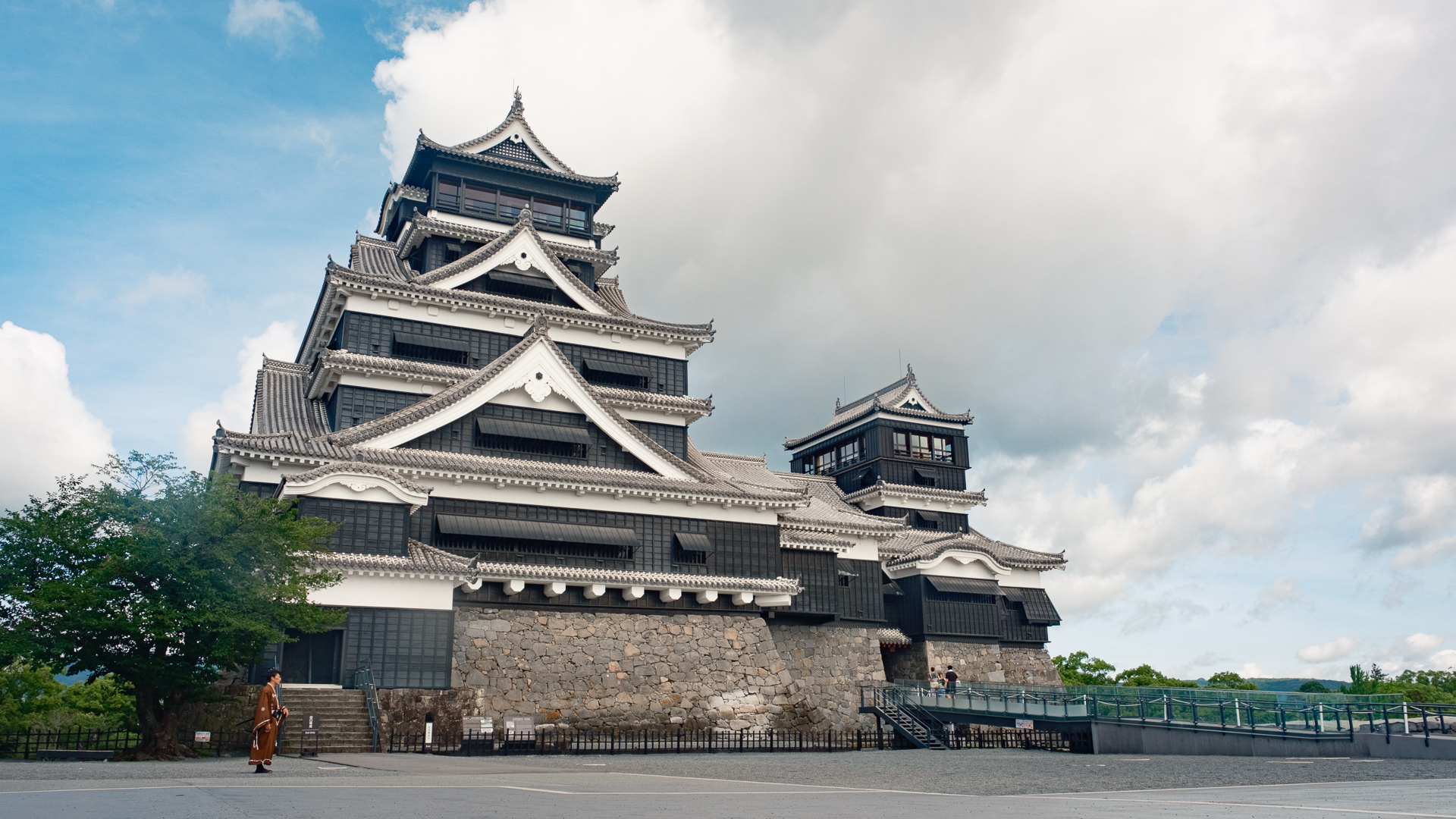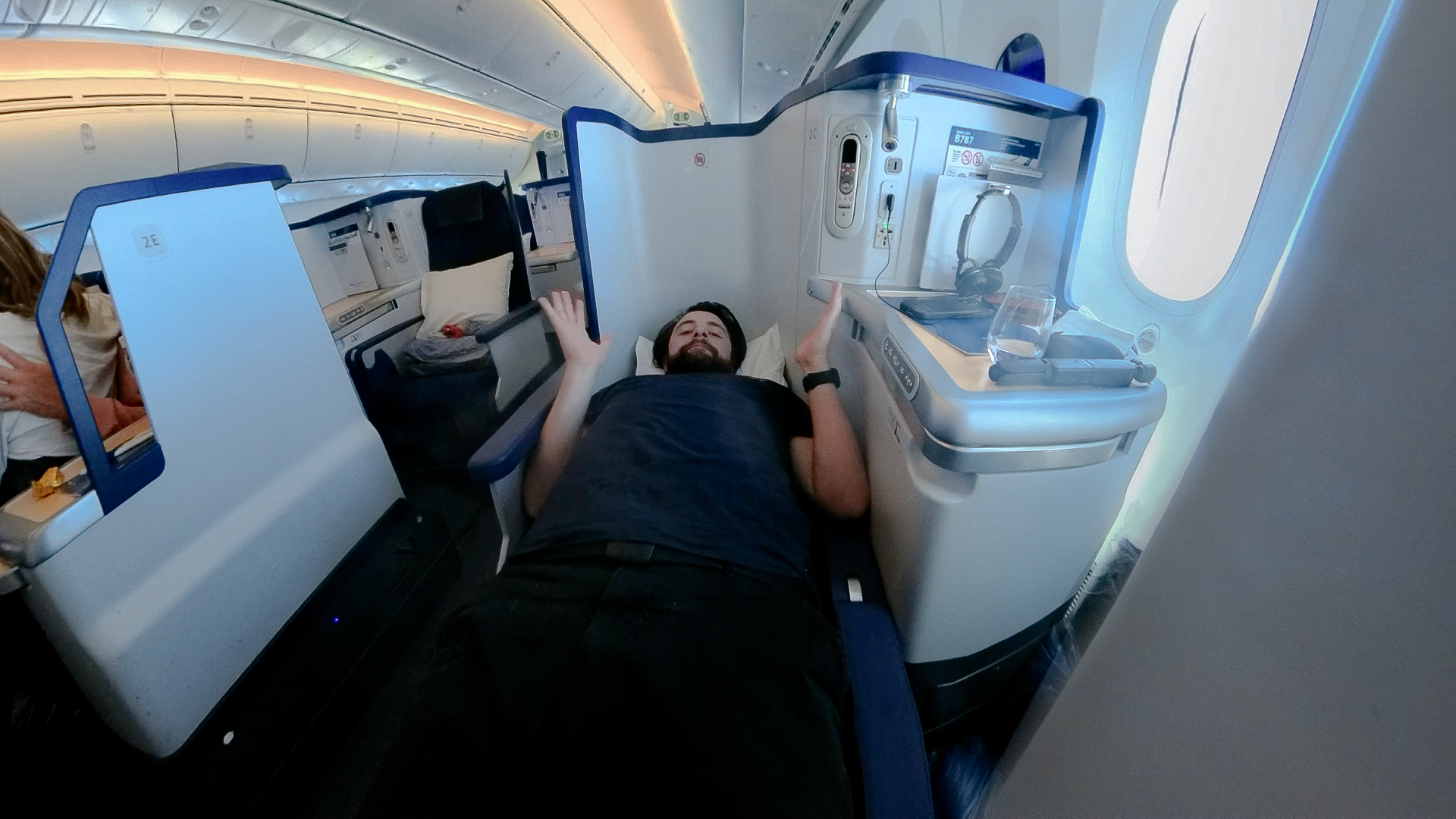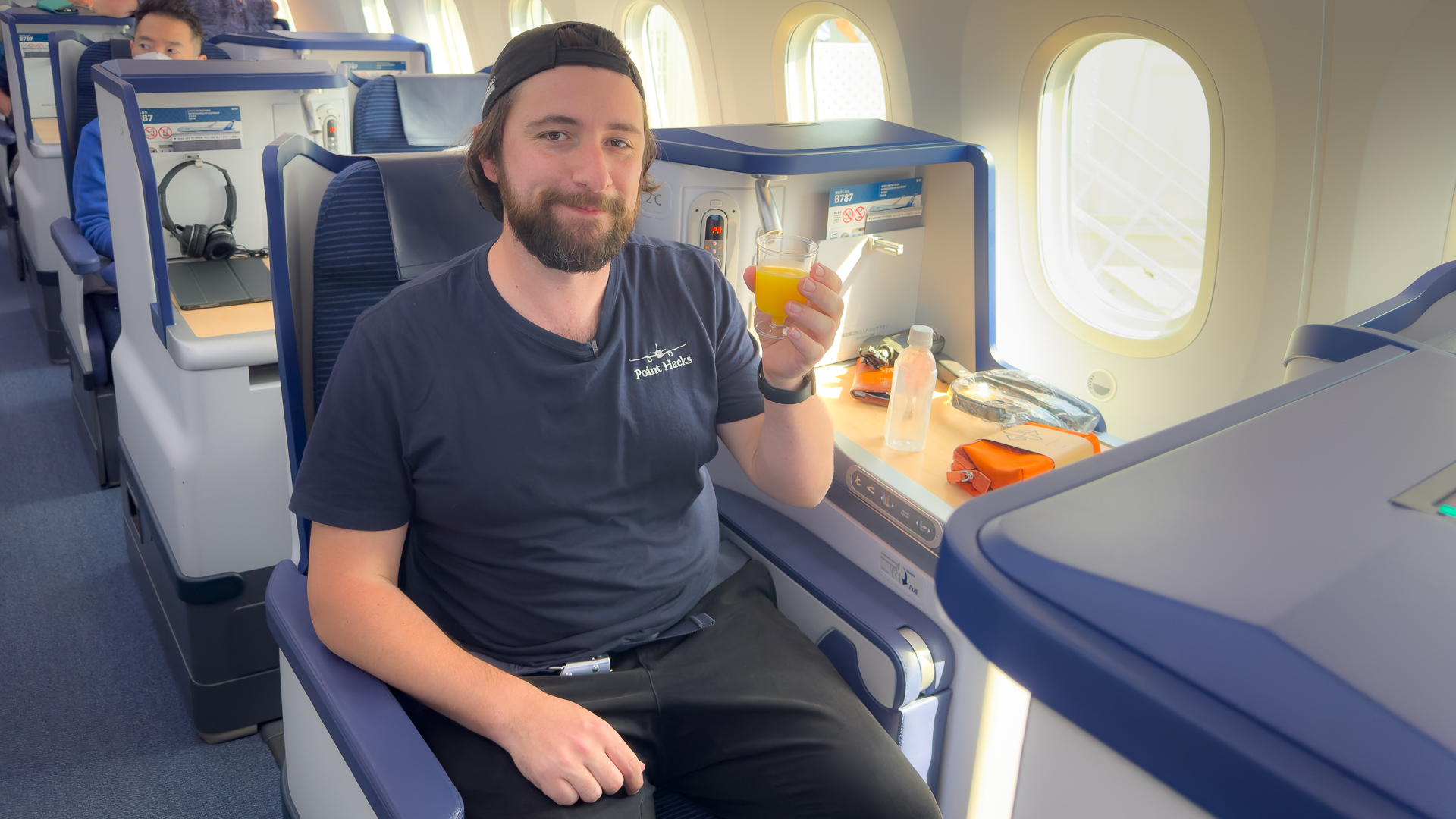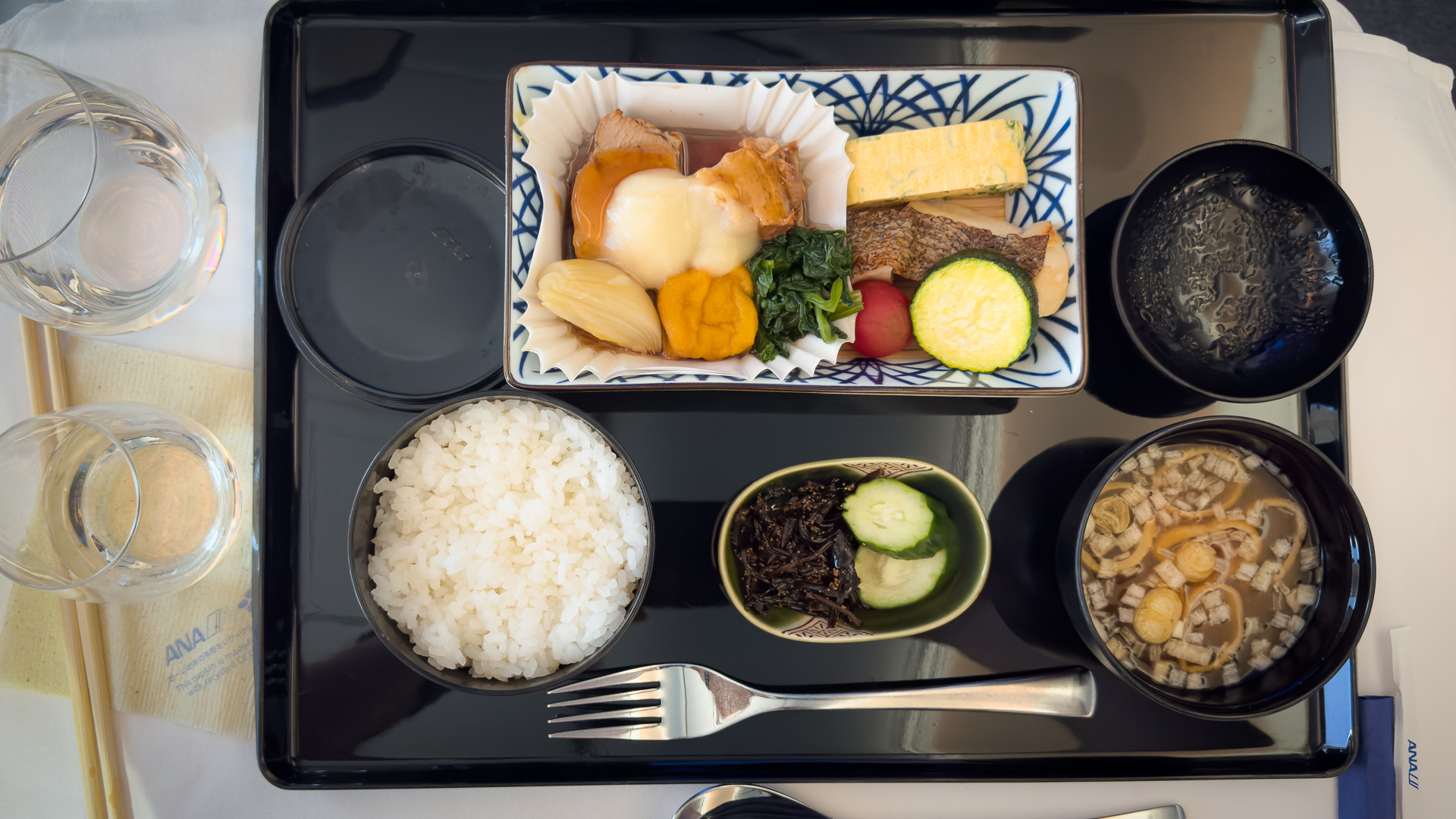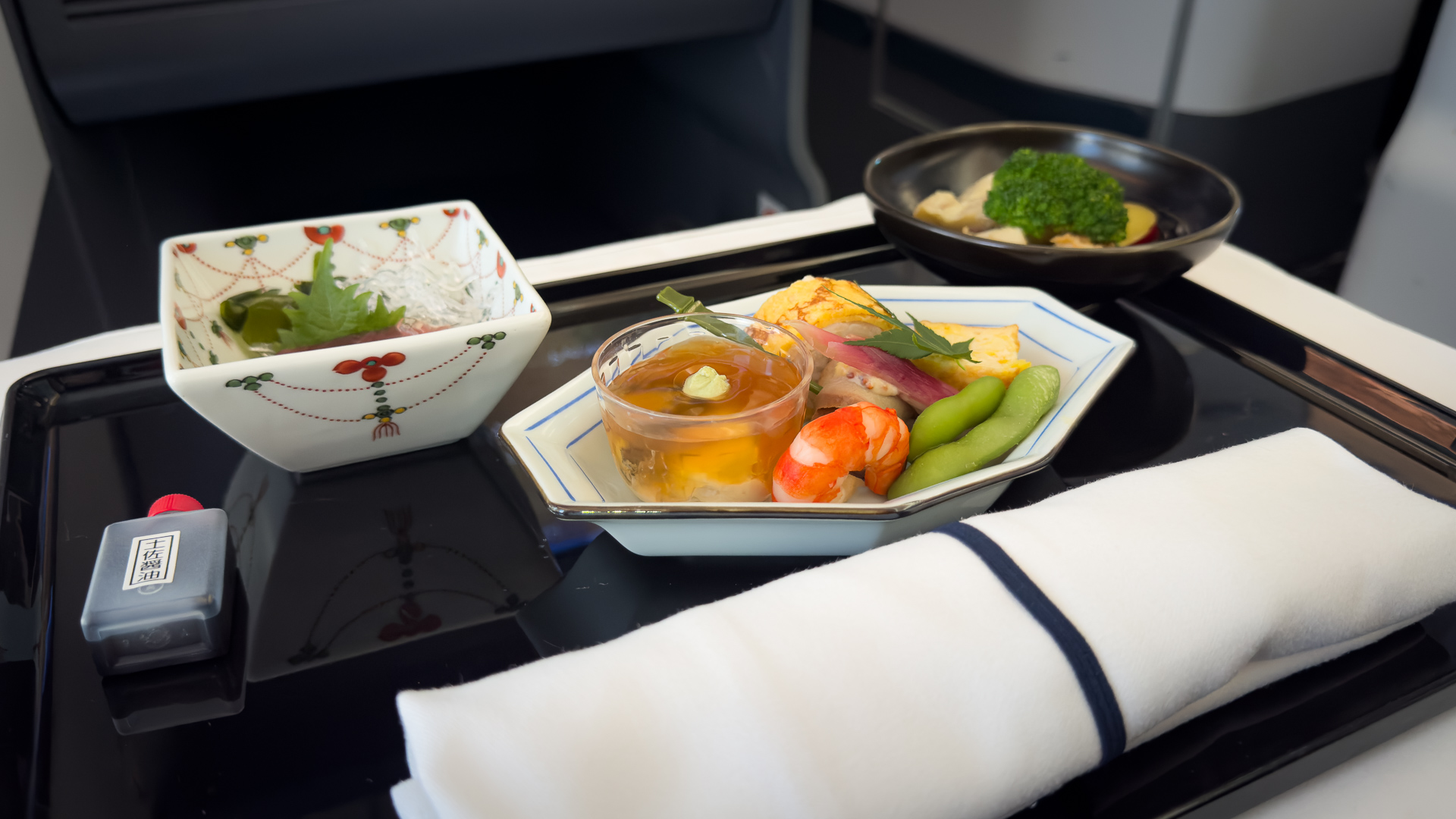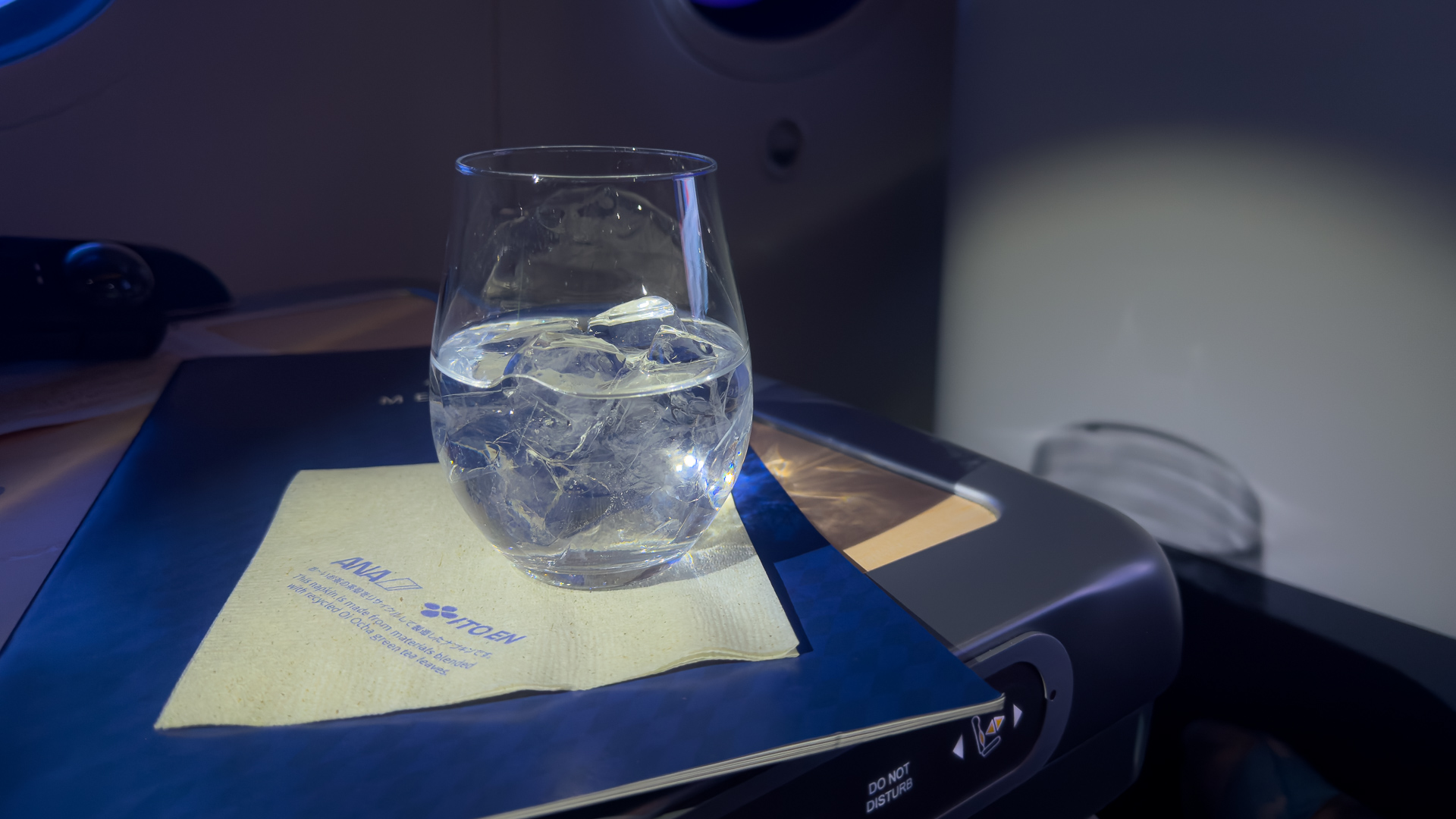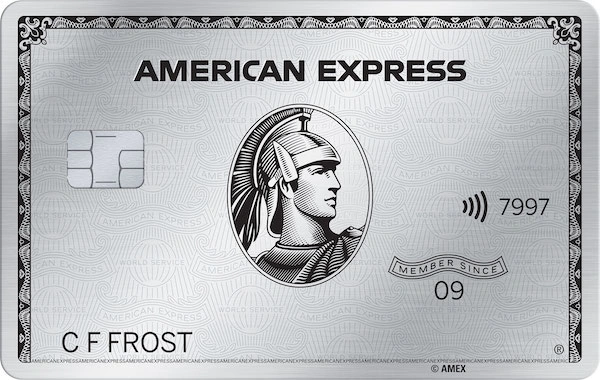We’ve all been there recently. You’re mindlessly scrolling Instagram, and oh look! There’s an old friend from high school living their best life, exploring the streets of Tokyo. Scroll two posts deeper and what do you know – a former co-worker is munching on some mochi in Osaka. Suddenly, you’re Googling cheap flights to Japan. For me, these exact circumstances led to a whirlwind roadtrip around Kyushu.
Thanks to a relatively weak Yen recently, tourism in Japan is absolutely booming. For us Aussies, it’s also a brilliant destination to visit using points. With multiple options to spend Qantas or Velocity Points, not only can you score an affordable holiday, but you can fly in style and for a fraction of the cost. Even at the highest end, a First Class flight to Tokyo costs 129,300 Qantas Points + $453 in fees and taxes. That’s a saving of more than $7,800 of the retail fare!
Fellow Point Hacks writer Brandon published a wonderful article about Japan’s golden triangle of tourism in 2023. But with such a dense population and diverse landscape, every corner of Japan is begging to be explored.
Wanting to do something a bit different, I set myself two challenges for this experience:
- Can I capture a side of Japan that’s not all over my Instagram feed?
- Can I avoid the millions of other tourists that are flocking to the country?
The subtropical region of Kyushu immediately stood out. The island is brimming with natural beauty, live volcanoes and connections to world history. Plus outside of Fukuoka, Kyushu’s largest city, the rest of the island receives little tourism. It’s the perfect fit for my plans.
In this article I’ll take you through my flights, show how you can maximise your chances of scoring them yourself and provide some inspiration on where to visit. For a full trip report of both international flights, and my own journey around Kyushu, check out the videos below.
Taking off in style: JAL First Class
A well-timed notification about last-minute JAL First Class availability, thanks to Point Hacks’ free seat alert newsletter, quickly turns this trip from a dream into reality.
Before long I find myself at the Qantas First Lounge in Sydney International Airport, black coffee in hand, eagerly awaiting my morning departure onboard Japan Airlines’ swanky Boeing 777 First Class bound for Tokyo.
Japan Airlines First Class exudes luxury from the outset. It’s long. So long, you have an entire three windows to peer out of. A deep brown leather seat rests regally at the top end of the suite. The width and comfort alone would make this the pride of any family room. The kind of armchair only the head of the household would be allowed to sit in.
Champagne is offered at takeoff, but as it’s a morning flight I hold back on the booze. Last time I flew First Class, I partied a little too hard for an 8 am flight. There’s still ample opportunity to rack up value here, though. I request a glass of Royal Blue Ice Tea, served from a wine bottle valued at over $80.
The first meal service arrives swiftly once we’re in the air, with the option of a Westerner-friendly ‘International Menu’ or traditional Japanese Washoku (which literally translates to ‘food of Japan’.) I opt for the latter, keen to prime my taste buds for the journey ahead. Seven courses of distinctly Japanese flavours and textures are served one after another. Some dishes are well outside my comfort zone but I’m blown away by the variety of small dishes.
Just shy of two metres long, the flatbed becomes my best friend for the remainder of the flight. A mattress cover ensures the bed is soft, and with a 58cm width to roll around on, I find myself casually drifting off to sleep despite it being the middle of the day. On a seat like this, 10 hours effortlessly fly by.
Cruising across Kyushu
While much of Kyushu is serviced by Japan’s freakishly efficient rail network, I don’t want to answer to a train timetable. For me, this trip is about going off the beaten track, so I rent a car for the entire journey. This gives me the ability to explore six of Kyushu’s eight provinces across just six days: Nagasaki, Saga, Fukuoka, Oita, Kumamoto and Kagoshima.
After the initial nerves of driving in a new country, this turns out to be a wonderful decision. The road speeds are much slower than in Australia, usually with a maximum of 60 kilometres per hour, but I’m quite content plodding along the thin, winding roads. Varied and majestic scenery unfolds before my eyes with each passing kilometre. I’m often reminded of the whimsical animated Miyazaki films I watched as a kid.
The Japanese penchant for friendliness and respect extends to their driving, and I feel incredibly safe on the roads. Parking is plentiful, albeit with a small fee. And best of all? They drive on the left side of the road. No flipping the road rules around like I had to do in the USA!
That said, if you’re not a big fan of driving or simply prefer to relax in one or two places during a holiday, each of the following destinations could easily keep you occupied for multiple days. Here are just a few of my highlights.
Nagasaki
A city packed with cobblestone streets, vintage trams and Catholic churches, Nagasaki oozes history. An unfortunate storm cuts my outdoor activities short but I still have a chance to explore an important piece of Nagasaki’s rich heritage.
The Atomic Bomb Museum explores the moments leading up to, and the fallout of, the nuclear attack Nagasaki suffered at the end of World War II. It’s a short museum, taking just over two hours to explore fully, but it’s a quiet and contemplative experience.
Huis Ten Bosch – Amsterdam City
A quick drive between Nagasaki and Fukuoka turns into a day-long detour to one of the strangest yet delightful theme parks I’ve ever witnessed. Huis Ten Bosch is a celebration of Japan’s relationship with the Netherlands. A replica of the Dutch palace watches over a city of colourful houses, cobblestone streets and European architecture. A windmill towers over a field of blossoming sunflowers while gondolas shuttle visitors along the canals. Of course, as a theme park, you’ll also see a range of cafes, hotels, rides, a water park, and the world’s tallest merry-go-round. A Japanese-Dutch theme park is an absurd place to find myself in, but the sheer scale is awe-inspiring.
I can’t stick around but I’m told it gets busier in the evening as the park comes alive with stunning fireworks displays and lantern shows.
Fukuoka – the birthplace of tonkotsu ramen
With one short night in Fukuoka, I have a single-minded mission: eat a massive bowl of tonkotsu ramen. This goal leads me to Canal City. Dubbed ‘a city within a city’, this sprawling mall features over 250 specialty stores, cafes, restaurants, cinemas, two hotels and an actual canal that runs through the centre of the building.
It’s the ‘Ramen Stadium’ on the fifth floor I’m most interested in. I have my pick of eight ramen and noodle stores but ultimately decide on Ramen Jinanbo Hakata Oh. I place my order through a vending machine, take a seat and am soon slurping pork bone broth by the bowlful. The cloudy broth, ramen noodles, pork belly slices and eggs combine to create a rich and hearty dish.
Dazaifu and Nanzoin Temple
On the outskirts of Fukuoka lies the largest reclining bronze Buddha statue in the world. At 41 metres long and 11 metres tall, this immense bronze statue weighs roughly 300 tons and is about the same size as New York’s Statue of Liberty. I’m the only person at the temple when I first arrive. It’s just me and this big Buddha. With no other sounds besides the light wind rustling through the trees, I’m filled with a profound feeling of peace. I feel compelled to rub the Buddha’s foot for good luck.
To the south is Dazaifu Tenmangu, a Shinto shrine dedicated to the god of learning. The spectacular gardens feature a koi pond crossed with bright red bridges that arch towards the 430-year-old main hall. Local tourists fill the temple and nearby shopping village, creating a lively summer atmosphere.
Beppu and the 7 Hells
Known as the onsen capital of the world, Beppu is the perfect destination for travellers looking to soak up traditional Japanese bathing culture. The city has 2,909 hot spring vents, servicing over 100 unique public baths. A wide variety of bathing styles are on offer, including different types of water, mud, sand, steam, and massaging waterfalls.
Also scattered around the town are hot springs that you absolutely should not bathe in. Collectively known as the 7 Hells, a single $20 ticket will grant you entry to them all. The bubbling pools dazzle with bright neon colours and enormous white plumes of hot air. Many of these hot springs also have side attractions such as foot baths and even boiling hot spring water that you can dare to drink.
Just out of town is my favourite Beppu attraction – Takasakiyama Natural Zoological Garden. This small park allows visitors to get up close and personal with the 1,200 or so wild macaques that freely roam the nearby hills. All is quiet when I arrive. The monkeys ignore visitors and generally go about their business, tending to their young or playing in the trees. Come feeding time though, all hell breaks loose. A cacophony of screeches breaks out as hundreds of macaques rush from all corners of the garden towards the generous piles of food.
Mount Aso
Now, the activity I’m looking forward to the most. Mount Aso, one of the world’s biggest volcanoes, sits in the centre of one of the world’s largest calderas, a great crater that cuts through the heart of Kyushu. On days when the fumes aren’t too heavy, visitors can get close to the crater and look down into the bubbling pool below. Unfortunately, the weather thwarts my plans today. I’ve driven to the mountain top but stubborn heavy fog coats everything in sight. It’s so thick I can barely see more than a metre ahead. I decide to wait it out, trying some flame-grilled horse meat to kill the time. After three hours, the fog thins for less than a minute, revealing the picturesque grasslands and Mount Aso crater in the distance. Utterly worth it. For the view. Not the horse meat.
Kumamoto Castle
My final stop is the grand Kumamoto Castle, standing on a hilltop in the centre of Kumamoto City. Most of the castle is a concrete reconstruction built in 1960, but some of the original wooden constructions from its 500+ year history remain.
A museum meanders upwards through the keep. Inside you’ll find scale models, samurai paraphernalia and plenty of history lessons on the castle’s construction and role in local lore. Follow the museum up to the top for beautiful 360-degree views of Kumamoto City.
Heading home on ANA Business Class
I’m sad to leave Japan behind, but I’m so excited about the flight home. Having read Brandon’s review of ANA’s 787 Business Class seat, I know I’m in for a good time.
The ANA lounge in Haneda’s terminal 2 sets the tone for what’s in store on board: great food and drink with a touch of class. A buffet sits towards the centre of the space with made-to-order ramen and a wide range of Japanese and international drinks on offer. I watch the professional chef on display as he cooks up breakfast meats. That’s how you know it’s fresh.
As expected, the staff on board are a delight. I receive snacks, drinks and friendly smiles throughout my 10-hour flight from Tokyo to Sydney. Mirroring my JAL experience, the menu offers either international dishes or Japanese Washoku. I decide to give Japanese dining one last go. Once again, seven courses of delicious Japanese morsels arrive one after the other. It’s so much food I have to decline dessert. This is unheard of for me!
Already missing Japan, I sample the collection of Premium Japanese sake and shochu, lay my seat flat and begin planning my return to this wonderful country.
Total cost in points & cash
Here’s the total cost for flights, accommodation and car hire.
| Item | Points | AUD$ |
| Japan Airlines First Class Sydney to Tokyo (Haneda) | 129,300 Qantas Points | $453 fees & taxes |
| Japan Airlines Economy Tokyo (Haneda) to Nagasaki | 10,000 Qantas Points | $0 fees & taxes |
| Japan Airlines Business Class Kagoshima to Tokyo (Haneda) | 20,000 Qantas Points | $0 fees & taxes |
| 6 nights accommodation, twin share | – | $344 per person |
| Car Hire – Toyota Corolla Toyota Rent a Car | – | $650 |
| ANA Business Class Tokyo (Haneda) to Sydney | 78,000 Velocity Points | $69 fees & taxes |
| Totals | 159,000 Qantas Points 78,000 Velocity Points | $1,516 |
While the Australian Dollar to Japanese Yen conversion was at a high during my trip, there are still many opportunities to keep within budget when travelling to Japan.
One area I focussed on was accommodation. Because I was travelling outside of major tourist areas, I found comfortable and centrally located hotels in each city for well below $100 (per person, twin share) each night. In Mount Aso I even scored a private cabin with sweeping views of the volcano for $51 total. The remaining nights were all booked through Qantas Hotels during a bonus points promotion. It provided a nice little top-up, earning up to nine Qantas Points per dollar spent.
The other major savings came from my two domestic flights to and from Kyushu. Both were with Japan Airlines and available to book with Qantas Points. But the best part? At the time of writing, no fees or taxes are applied to Japan Airlines reward seats when booked through the Qantas website. That means $0 flights anywhere within the country!
Featured deals
Book this trip for yourself
Knowing where to book these flights is the straightforward part:
- Japan Airlines flights can be booked through the Qantas website with Qantas Points.
- ANA flights can be booked through the Virgin Australia website with Velocity Points.
Since Japan is still such a popular destination, finding a premium reward seat will be your biggest hurdle.
Here are three things you can do to maximise your chances of scoring these seats.
1. Time your bookings
Japan Airlines releases its international reward flights to Qantas Frequent Flyer members 360 days in advance, so make sure to check the Qantas website as soon as your departure date is 360 days away.
ANA is a little trickier. It often releases Business Class reward seats to Velocity members just two weeks before departure.
2. Keep an eye out for reward seat alerts
If you’re a bit late, not all hope is lost. There is always a chance the airlines could release extra reward seats. In fact, that’s how this experience came about! I was notified of new JAL First Class availability through Point Hacks‘ very own free seat alert newsletter earlier this year. Click here to sign up. You’ll receive advanced notice of new seats before we publish them publicly, ensuring you have a chance to get in early.
3. Have a points balance ready to go
You’ll want the points ready to spend as soon as the flights are available to book. A points-earning credit card with a sign-up bonus remains one of the fastest routes to reach that goal. A single bonus offer will typically be more than enough to book the Business Class seats.
If you want to earn extra points from your everyday spending, consider Everyday Rewards for Qantas Points and Flybuys for Velocity Points. You’ll be surprised how quickly points stack up when you combine these programs, gift card promotions and a points-earning credit card!
All photography and videography by Tobias Venus, who travelled to and journeyed through Japan at Point Hacks’ expense.
Stay up to date with the latest news, reviews and guides by subscribing to Point Hacks’ email newsletter.

